- The Bedding Dilemma: Navigating the Choice Between Microfiber and Cotton
- Comparing Materials: A Detailed Analysis of Microfiber vs Cotton
- The Gokotta Sustainable Approach: Redefining Bedding Standards
- Vision 2025: Gokotta's Roadmap to Complete Sustainability
- Conclusion: Making the Right Choice for Your Home and Our Planet
The Bedding Dilemma: Navigating the Choice Between Microfiber and Cotton
When shopping for new bedding, consumers frequently encounter a fundamental question: should I choose microfiber or cotton sheets? This decision extends beyond simple preference—it impacts sleep quality, health, budget, and increasingly, our environmental footprint. The marketplace is flooded with contradictory information, leaving shoppers uncertain about which material truly delivers the best performance while aligning with their values.
The confusion stems from several factors. First, many consumers don't fully understand the fundamental differences between these materials. Is microfiber actually cotton? (It's not.) Does "natural" automatically mean better? (It's complicated.) Second, the technical terminology surrounding thread counts, weave types, and production methods can be overwhelming for even the most diligent researcher.
Adding another layer of complexity is the growing awareness of sustainability issues. As climate change concerns intensify, consumers increasingly seek products that minimize environmental harm. Yet determining the true ecological impact of bedding materials requires looking beyond marketing claims to examine entire product lifecycles—from raw material sourcing to manufacturing processes to end-of-life disposal options.
This growing tension between comfort preferences, practical considerations, and environmental consciousness represents the core dilemma facing today's bedding shoppers. Let's examine these materials more closely to unravel this complex decision.
Comparing Materials: A Detailed Analysis of Microfiber vs Cotton
Composition and Origins
Cotton sheets are derived from the natural fibers of the cotton plant. The quality varies depending on factors such as the specific cotton variety (Egyptian, Pima, Supima, or standard), the length of the fiber (with long-staple varieties generally considered superior), and the manufacturing processes employed.
Microfiber sheets, by contrast, are made from extremely fine synthetic fibers, typically polyester, polyamide (nylon), or a blend of synthetic materials. These fibers are significantly thinner than human hair, with each individual fiber measuring less than one denier in diameter. This ultra-fine construction creates the distinctive properties that differentiate microfiber from other synthetic fabrics.
Comfort and Feel
The tactile experience of these materials differs significantly:
| Feature | Cotton Sheets | Microfiber Sheets |
|---|---|---|
| Initial Feel | Crisp, breathable, sometimes slightly rough until broken in | Immediately soft, smooth, and silky |
| Breathability | Highly breathable, allowing air circulation | Less breathable, may trap heat |
| Moisture Management | Absorbs moisture well, wicking it away from the body | Less absorbent, moisture may remain on skin |
| Temperature Regulation | Naturally cooling, ideal for hot sleepers | May retain heat, though brushed varieties can feel cozy in winter |
| Weight | Typically heavier, substantial feel | Lightweight, less substantial feel |
| Softness Over Time | Becomes softer with each wash | Maintains initial softness but may pill with use |
Durability and Longevity
How these materials withstand regular use presents another important contrast:
| Durability Aspect | Cotton Sheets | Microfiber Sheets |
|---|---|---|
| Lifespan | 3-5 years for quality cotton; premium varieties can last 10+ years | Typically 1-3 years before showing significant wear |
| Resistance to Pilling | High-quality cotton resists pilling | More prone to pilling, especially with friction |
| Color Retention | May fade with washing and sun exposure | Excellent color retention, stays vibrant longer |
| Tear Resistance | Can tear or wear thin at pressure points | High resistance to tearing |
| Wrinkle Tendency | Prone to wrinkling, especially 100% cotton | Highly wrinkle-resistant |
| Shrinkage | May shrink initially, especially if not pre-shrunk | Minimal shrinkage even with repeated washing |
Care and Maintenance
Daily maintenance requirements can significantly impact user experience:
| Care Aspect | Cotton Sheets | Microfiber Sheets |
|---|---|---|
| Washing Temperature | Can typically handle hot water, which helps with sanitization | Usually requires cold or warm water to prevent damage |
| Drying Options | Can be line-dried or machine-dried | Quick-drying, uses less energy in dryers |
| Ironing Needs | Often requires ironing for a crisp appearance | Rarely needs ironing |
| Stain Resistance | Absorbs stains more readily | Naturally stain-resistant |
| Special Care | May need occasional bleaching (whites) | Avoids static by adding dryer sheets |
| Eco-Friendly Washing | Can use natural detergents effectively | May require synthetic detergents for best results |
Cost Considerations
Budget implications extend beyond the initial purchase price:
| Cost Factor | Cotton Sheets | Microfiber Sheets |
|---|---|---|
| Initial Purchase Price | $30-$300+ depending on quality | $10-$100, generally more affordable |
| Replacement Frequency | Less frequent replacement needed | More frequent replacement may offset initial savings |
| Water/Energy Usage | Higher water and energy costs for washing/drying | Lower utility costs due to easier care |
| Special Products Needed | May need specialty detergents or softeners | Requires fewer specialty products |
| Long-term Value | Higher initial investment but better longevity | Lower upfront cost but potentially higher lifetime cost |
Environmental Impact
Perhaps most critically, these materials differ substantially in their environmental footprint:
| Environmental Factor | Cotton Sheets | Microfiber Sheets |
|---|---|---|
| Raw Material Source | Renewable plant source, but intensive cultivation | Petroleum-based, non-renewable resource |
| Water Usage | Extremely high water consumption (up to 20,000 liters per kg) | Lower production water requirements |
| Pesticide/Chemical Use | Conventional cotton uses high pesticide amounts; organic much less | Chemical-intensive production process |
| Biodegradability | Naturally biodegradable (3-5 months) | Non-biodegradable (can take 200+ years to decompose) |
| Microplastic Shedding | None | Sheds microplastics during washing that enter waterways |
| End-of-Life Options | Compostable, recyclable | Limited recycling options, typically ends in landfill |
| Carbon Footprint | Moderate production emissions but carbon sequestration during growth | Higher production emissions with no offset |
This comparative analysis reveals that neither material is perfect. Cotton offers superior breathability, biodegradability, and longevity but comes with significant water usage and potentially high pesticide exposure. Microfiber provides immediate softness, easy care, and affordability but presents serious environmental concerns regarding microplastic pollution and end-of-life disposal.
The question becomes: is there a way to combine the best qualities of both materials while minimizing their drawbacks?
The Gokotta Sustainable Approach: Redefining Bedding Standards
Eco-Friendly Materials and Production
Gokotta has emerged as an industry leader by developing innovative solutions to the cotton vs. microfiber dilemma. Rather than simply choosing one material over the other, the brand has pioneered a multi-faceted approach to sustainable bedding.
The comparative analysis of cotton versus microfiber sheet materials reveals that optimal selection transcends simplistic categorizations of natural versus synthetic. Rather, evidence-based decision-making requires assessment across multiple performance dimensions including:
- Individual comfort preferences and tactile sensitivity profiles
- Specific sleep environment thermal conditions
- Maintenance capability and preference parameters
- Environmental priority hierarchies
- Economic constraints and value calculations
- Aesthetic and functional requirements
Gokotta's comprehensive product engineering approach addresses these multidimensional considerations through specialized material science applications, providing solutions optimized for diverse consumer requirements rather than adhering to categorical limitations.
Innovation Without Compromising Comfort
At Gokotta, we believe that sustainability and comfort should go hand in hand. Our commitment to eco-friendly materials doesn't mean sacrificing the luxurious feel that our customers expect. Instead, we've harnessed the natural properties of bamboo to create bedding that is both environmentally responsible and exceptionally comfortable.
Naturally Cool and Breathable
Bamboo fibers are known for their breathability and moisture-wicking capabilities. Our 100% bamboo rayon sheets are designed to regulate temperature, keeping you cool during warm nights and cozy when it's cooler. This makes them an ideal choice for hot sleepers and those living in humid climates.
Silky Softness Without Compromise
Our sateen weave provides a silky, smooth texture that rivals traditional luxury fabrics. Unlike some eco-friendly options that can feel coarse or stiff, Gokotta's bamboo sheets offer a soft, inviting touch that enhances your sleep experience.
Secure Fit for Peaceful Sleep
Each fitted sheet features elastic corner straps and a deep pocket design to ensure a snug fit on mattresses of various depths. This thoughtful design prevents slipping and bunching, allowing for uninterrupted rest throughout the night.
Customer Testimonials
Customer reviews consistently highlight how Gokotta has eliminated the traditional compromises between environmental consciousness and personal comfort. As Amazon reviewer SleepWell2023 notes: "I've tried numerous 'eco-friendly' sheets that felt like sleeping on burlap. Gokotta's 100% bamboo rayon sheets set is legitimately the softest bedding I've ever owned, and I can sleep better knowing it's not harming the planet."
Transparent and Ethical Practices
Beyond materials innovation, Gokotta has established new industry standards for transparency. Each product listing on Amazon includes a comprehensive Environmental Impact Score that quantifies water usage, carbon footprint, chemical inputs, and end-of-life considerations. This proprietary scoring system, independently verified by third-party sustainability auditors, allows consumers to make truly informed choices.
The brand's ethical manufacturing extends to worker conditions as well. All Gokotta products are Fair Trade certified, ensuring living wages and safe conditions throughout their supply chain. Their manufacturing facilities operate on 100% renewable energy, with solar installations at their primary production centers reducing carbon emissions by thousands of tons annually.
Pricing transparency represents another Gokotta innovation. While many brands obscure cost structures, Gokotta's "Honest Pricing" model breaks down exactly what consumers are paying for—from materials to labor to shipping—demonstrating their commitment to fair pricing without excessive markups.
Vision 2025: Gokotta's Roadmap to Complete Sustainability
Gokotta’s Circular Sleep Vision: Bamboo at the Core
At Gokotta, our commitment to sustainability is deeply rooted in our exclusive use of bamboo-derived materials. As we look toward 2025, we're enhancing this commitment through our "Lifecycle Promise" initiative, designed to align with circular economy principles.
By the end of 2025, every Gokotta bamboo product sold on Amazon will be part of this program. Customers will have the option to return their used bamboo bedding items, which we will then process through environmentally responsible methods:
-
Composting: Natural decomposition to enrich soil health.
-
Upcycling: Transforming materials into new, valuable products.
This initiative extends beyond sheets to encompass our entire range of bamboo-based bedding products, including duvet covers, pillowcases, and mattress protectors. Each item is designed with its end-of-life in mind, ensuring that sustainability is woven into every thread.
Through this holistic approach, Gokotta aims to redefine comfort and responsibility, offering products that not only enhance sleep quality but also contribute positively to our planet's health.
Gokotta’s Carbon-Neutral Journey: Bamboo at the Heart
At Gokotta, our dedication to sustainability is deeply rooted in our exclusive use of bamboo-derived materials. As we progress towards 2025, we are intensifying our efforts to achieve complete carbon neutrality across all operations, aligning with global best practices and our commitment to environmental stewardship.
Key Initiatives:
- Carbon-Neutral Shipping: All products will be shipped using carbon-neutral carriers or through programs that offset emissions, ensuring our logistics are as sustainable as our products.
- Sustainable Packaging: Transitioning to 100% post-consumer recycled materials for packaging, which requires significantly less energy to produce and reduces our carbon footprint.
- Supplier Engagement: All supplier agreements will include commitments to carbon reduction, ensuring our entire supply chain aligns with our sustainability goals.
By embedding these practices into our operations, Gokotta aims not only to neutralize our carbon emissions but also to contribute positively to the environment, setting a new standard for sustainability in the bedding industry.
Community Impact Initiatives
Recognizing that environmental sustainability cannot exist without social sustainability, Gokotta's 2026 vision includes expanded community impact initiatives centered around their "Sleep Justice" framework.
This innovative program acknowledges that quality sleep represents a form of privilege often unavailable to marginalized communities. For each purchase on Amazon, Gokotta will donate bedding essentials to homeless shelters and domestic violence safe houses. Their goal: providing 100,000 sustainable bedding sets to those in need by December 2026.
Additionally, their manufacturing facilities will expand skills training programs, creating pathways to textile industry careers with living wages and advancement opportunities. By investing in both environmental and social sustainability, Gokotta aims to demonstrate that truly ethical business models can succeed in the competitive bedding marketplace.
Conclusion: Making the Right Choice for Your Home and Our Planet
The cotton versus microfiber debate ultimately reveals that the "perfect" bedding material doesn't exist—at least not in conventional forms. Each traditional option presents a complex mixture of benefits and drawbacks that forces consumers to prioritize certain values over others.
Gokotta's revolutionary approach offers a new paradigm: sustainably produced bedding that harmonizes exceptional comfort with environmental responsibility. By reimagining both cotton and microfiber production through an ecological lens, they've created options that allow consumers to select based on personal comfort preferences without compromising their environmental values.
As we look toward a future where consumer choices increasingly shape our collective environmental destiny, brands like Gokotta demonstrate that innovation and ethical business practices can transform industries from within. Their 2025 sustainability roadmap reveals not just a brand commitment but a blueprint for how the entire home goods sector might evolve.
When deciding between microfiber and cotton sheets today, the question is no longer simply about material type but about the values embedded in their production. By choosing sustainably manufactured bedding from environmentally conscious brands, consumers can rest easy knowing their comfort doesn't come at the planet's expense.
Explore Gokotta's complete bedding collection to discover how the right choice for your sleep can also be the right choice for our world.





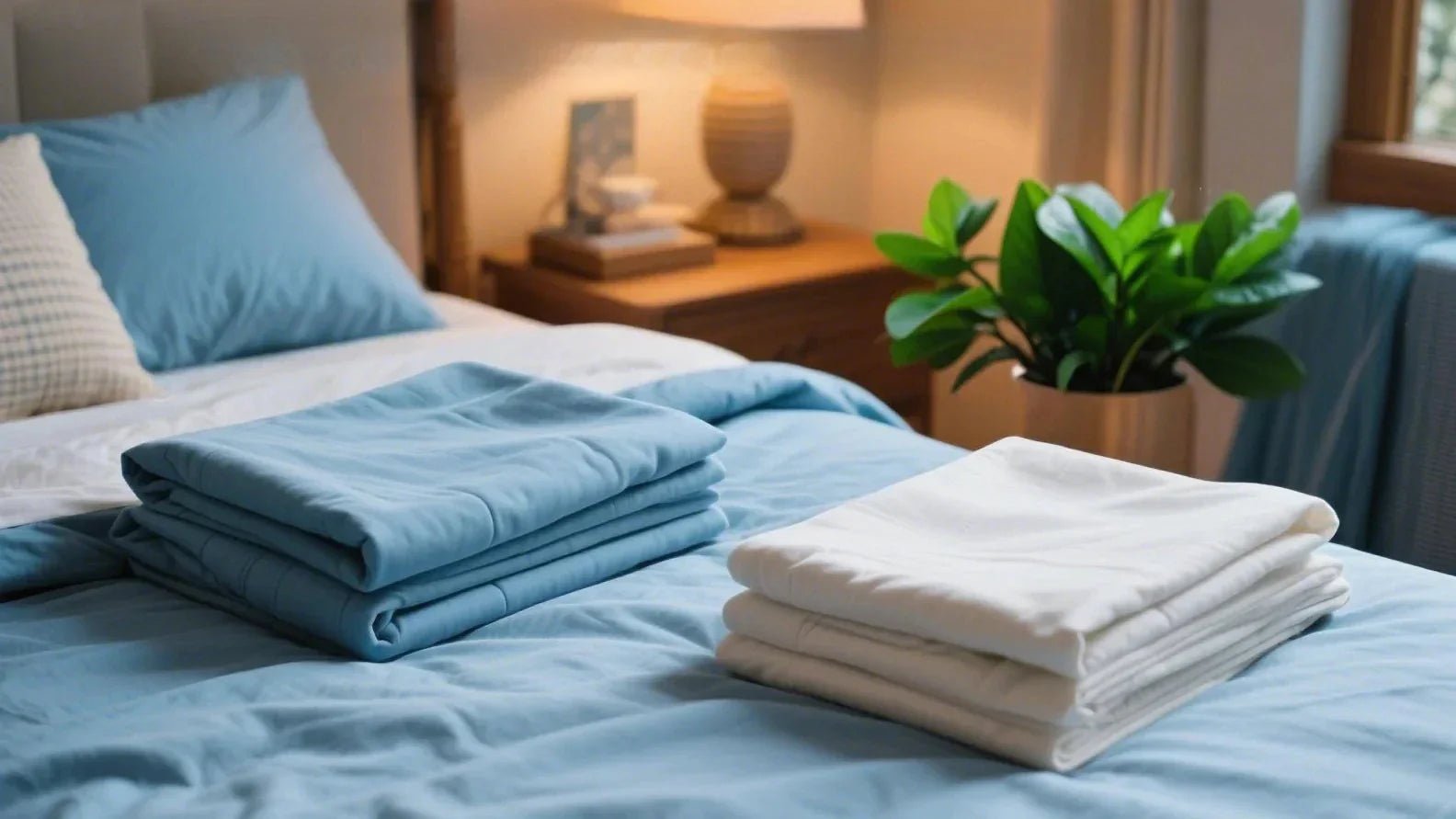
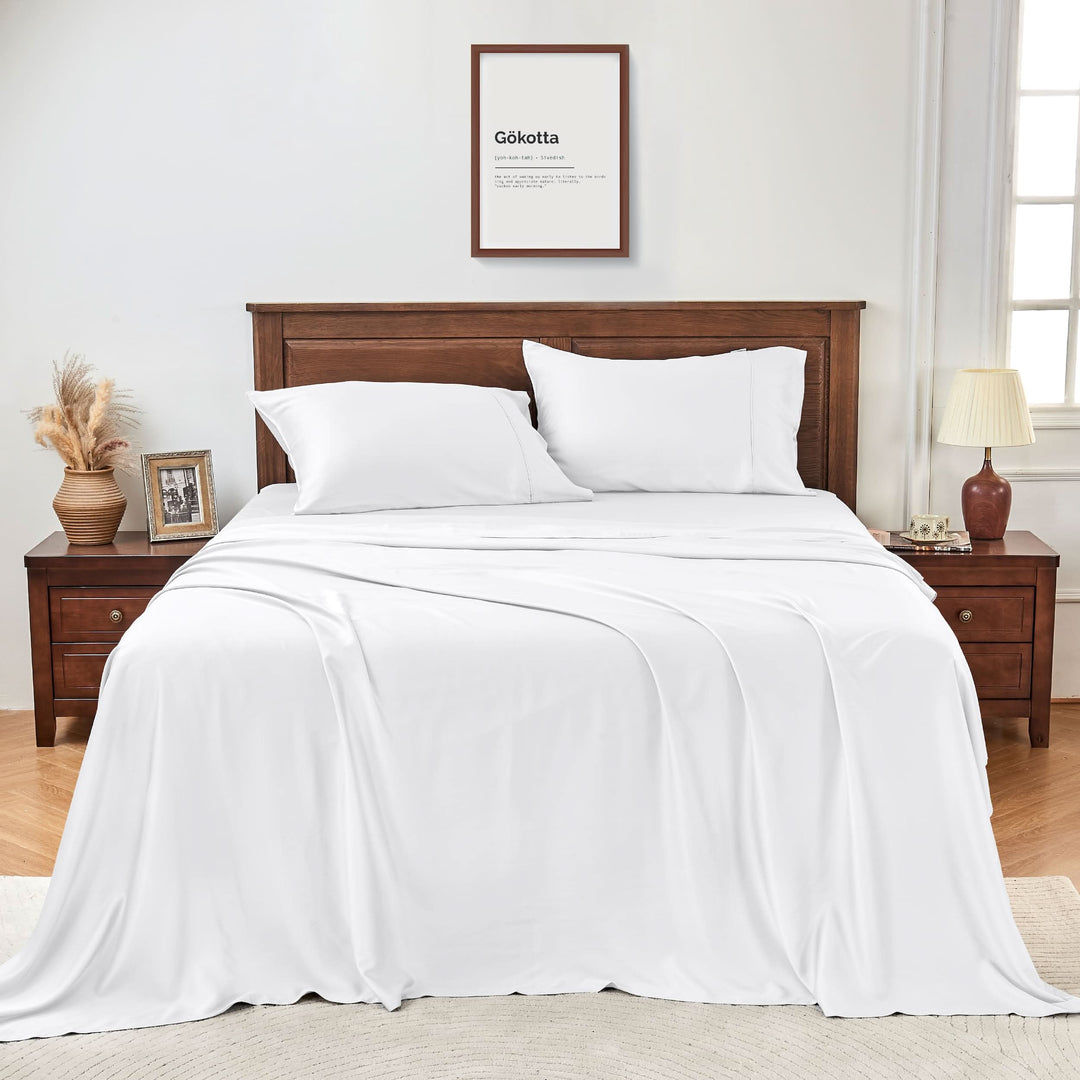
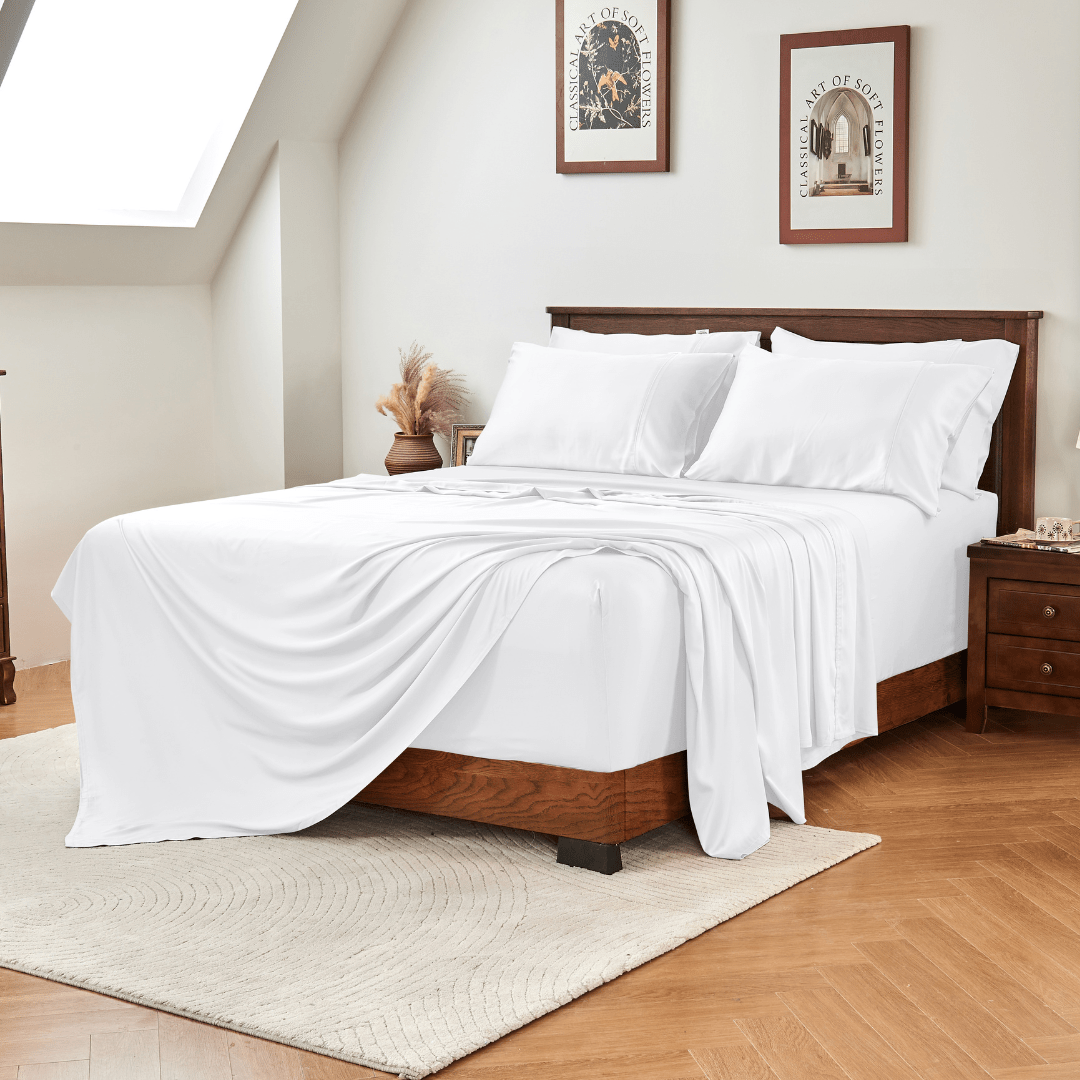
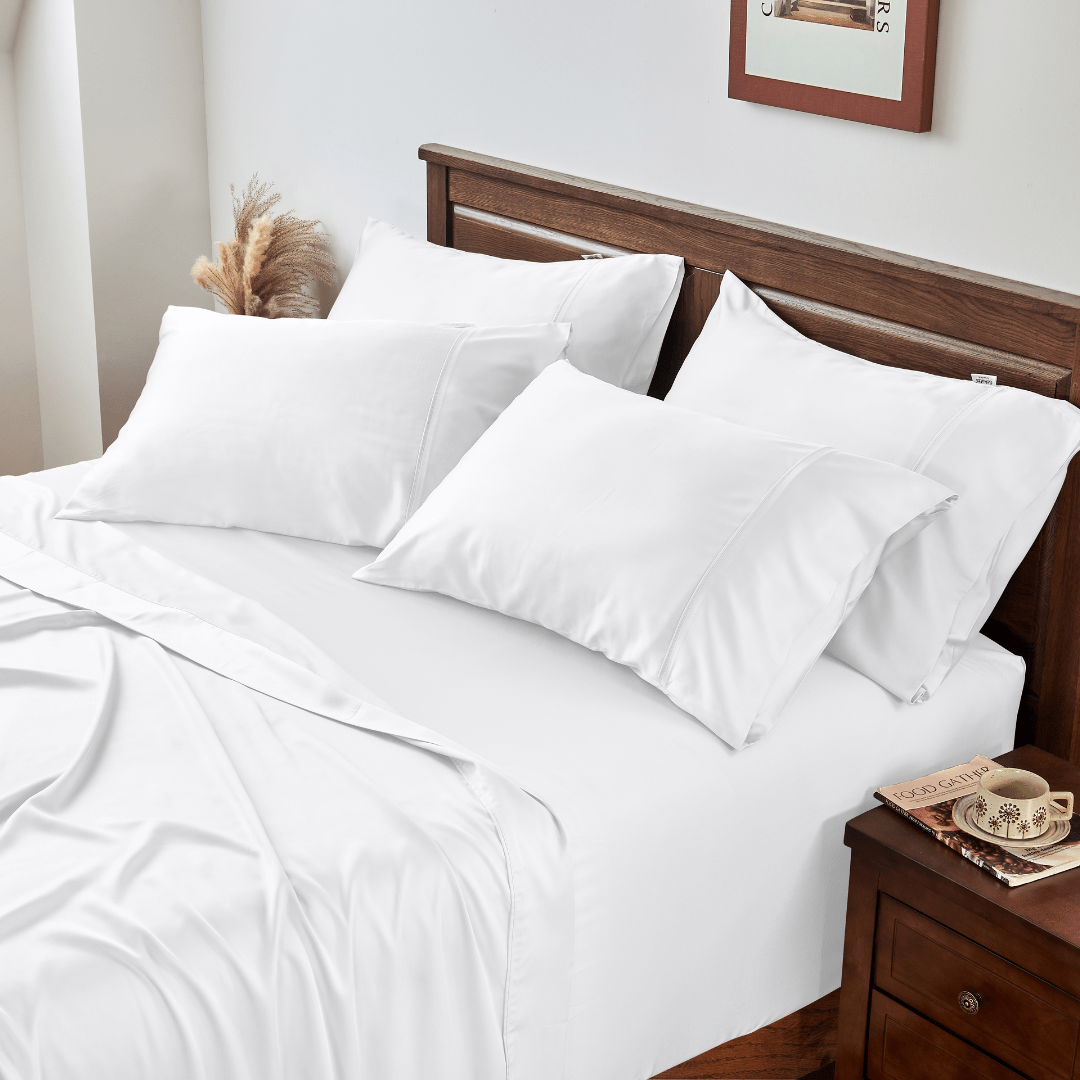

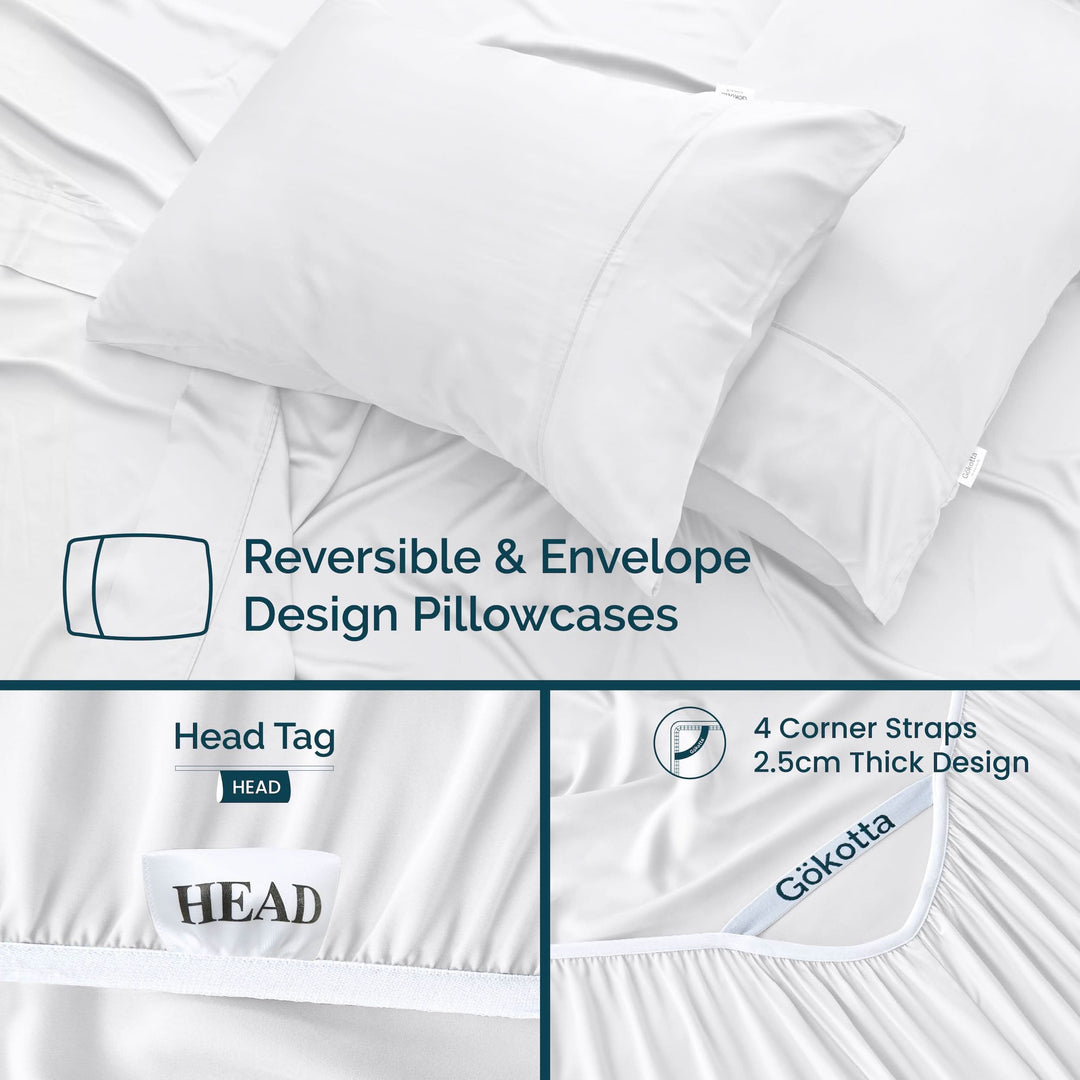
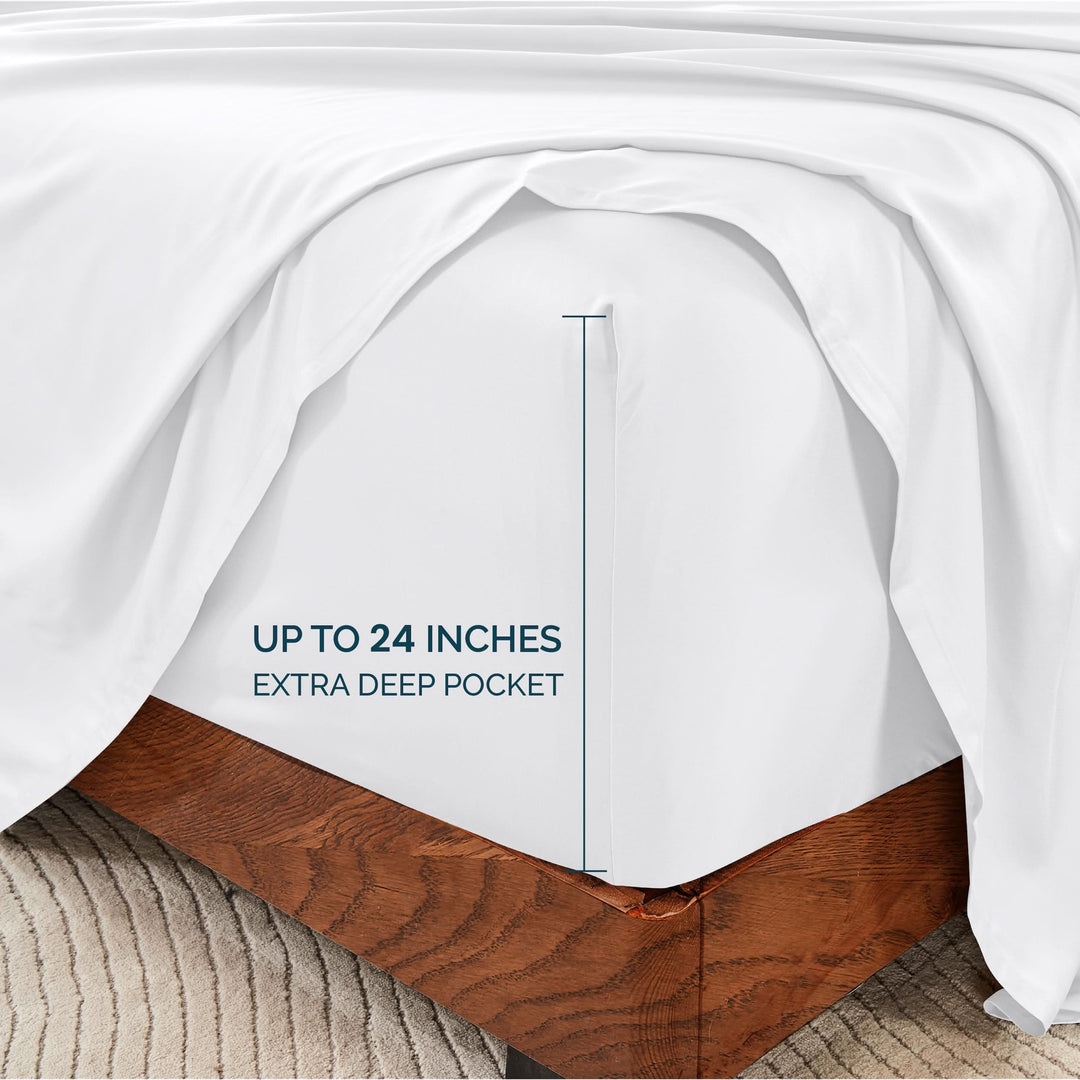
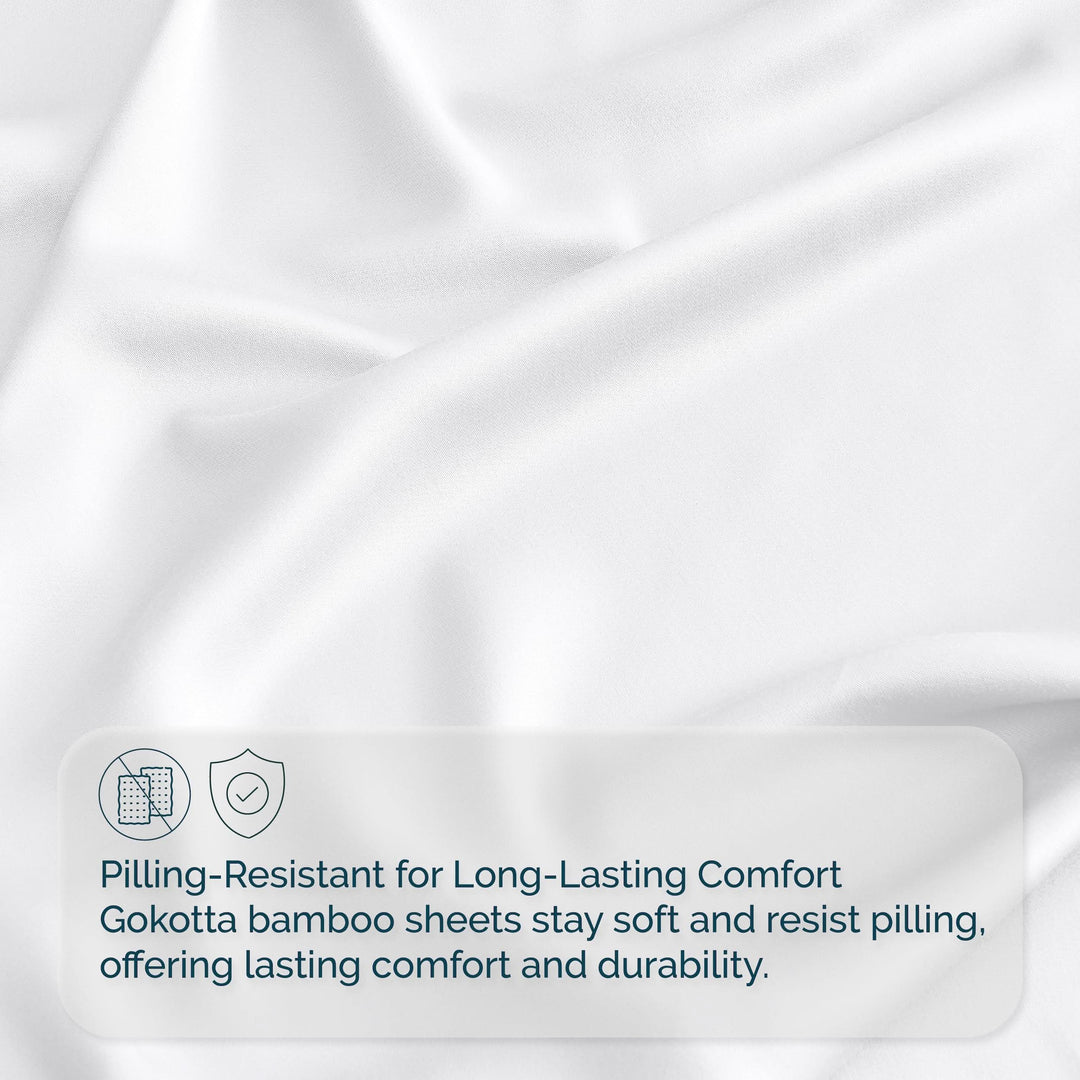
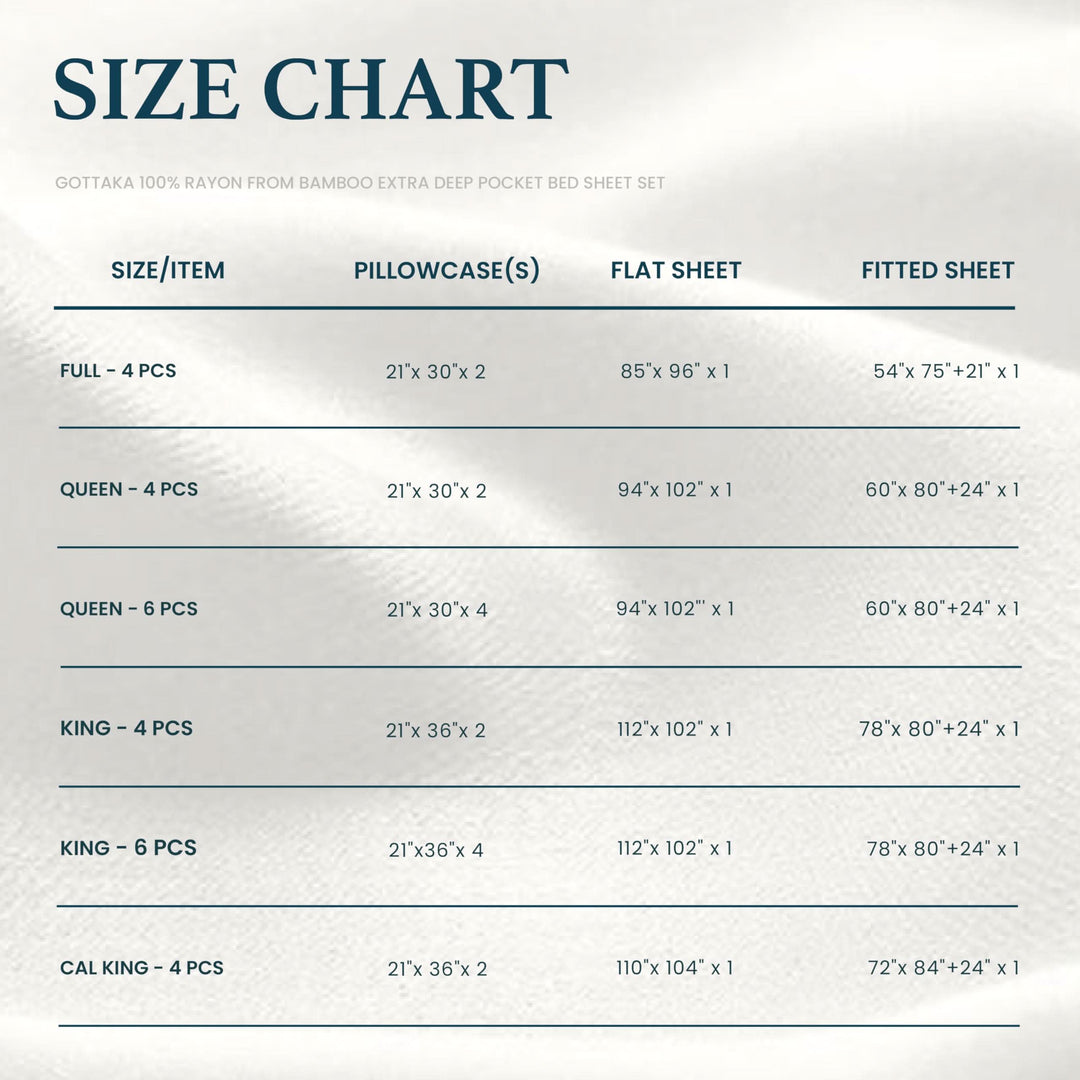

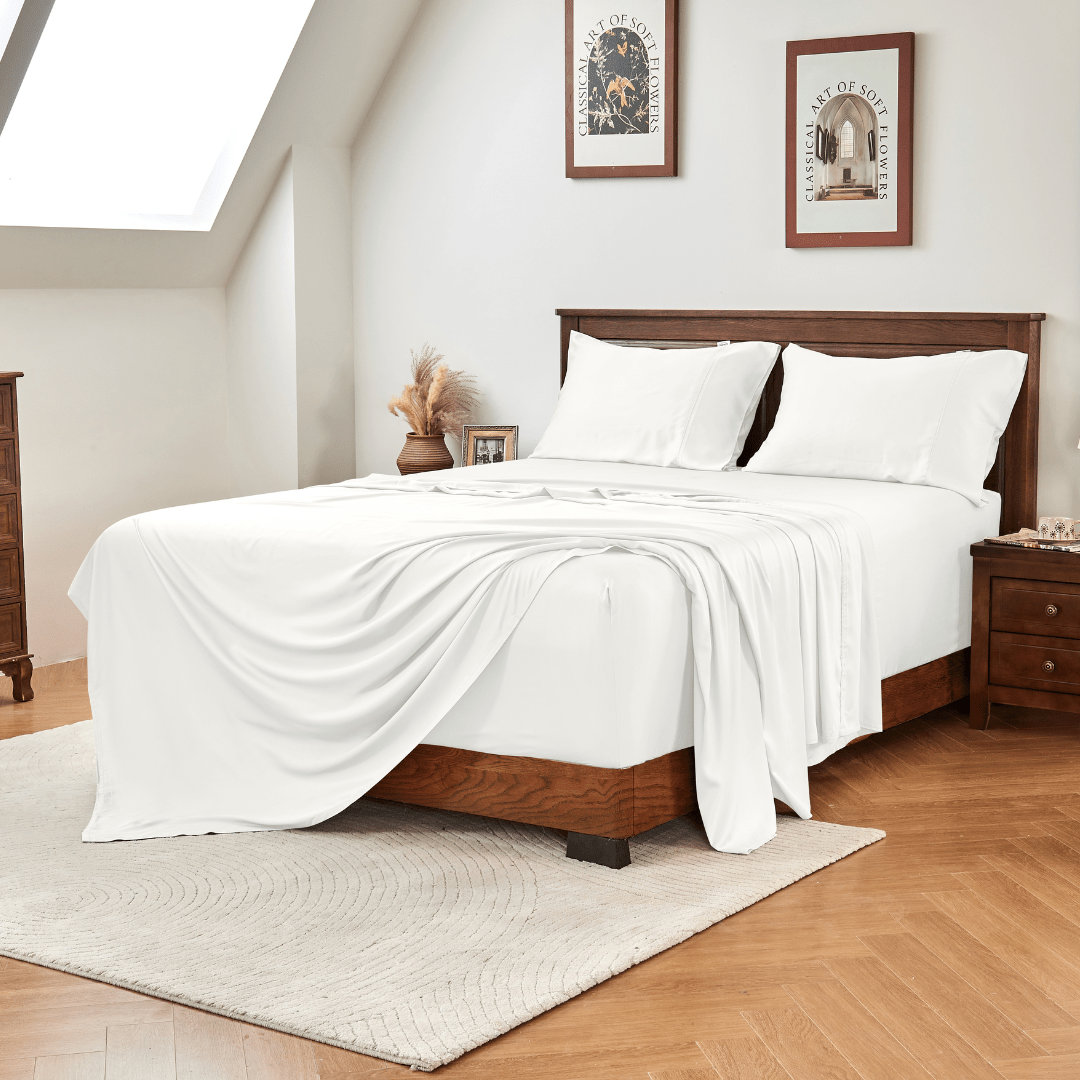
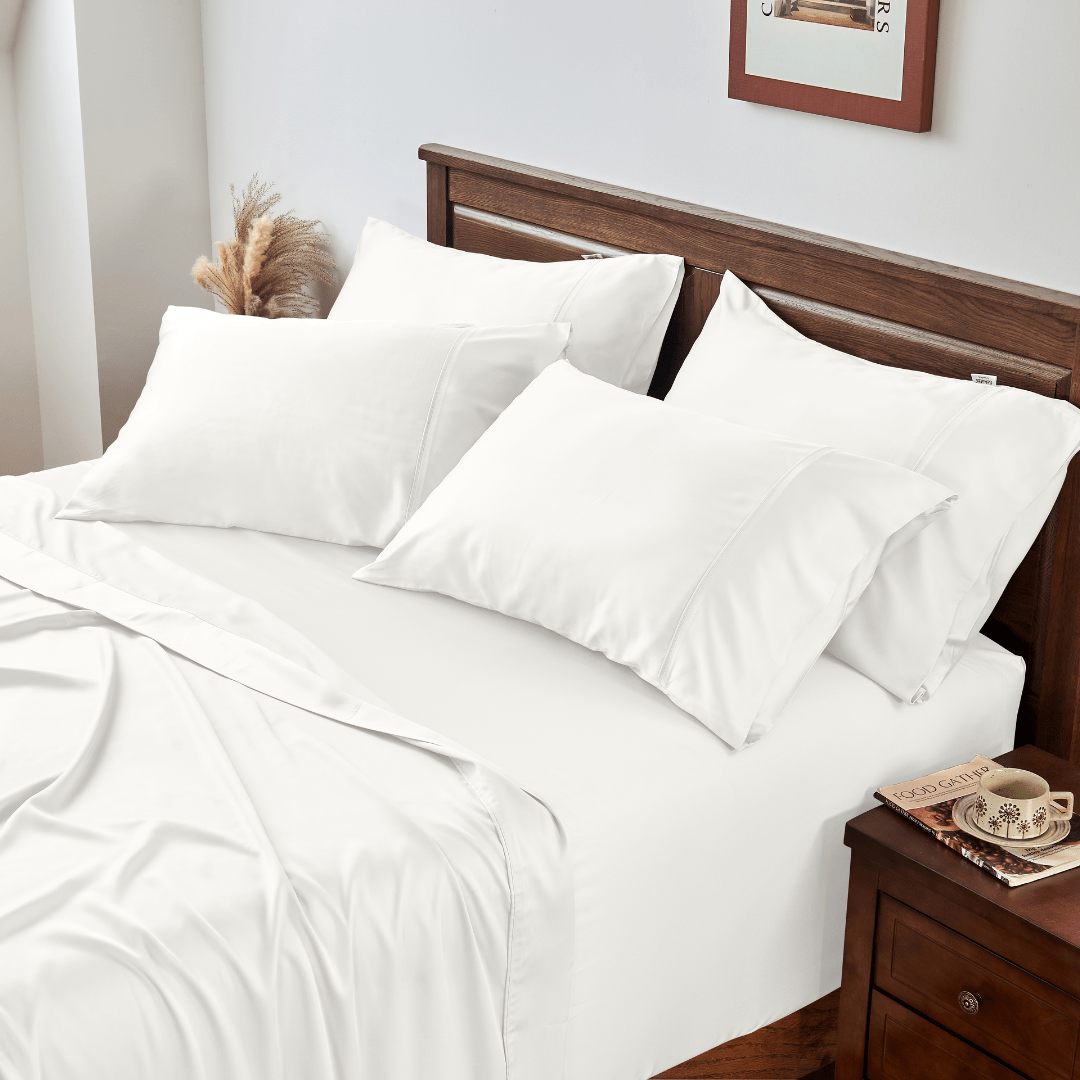
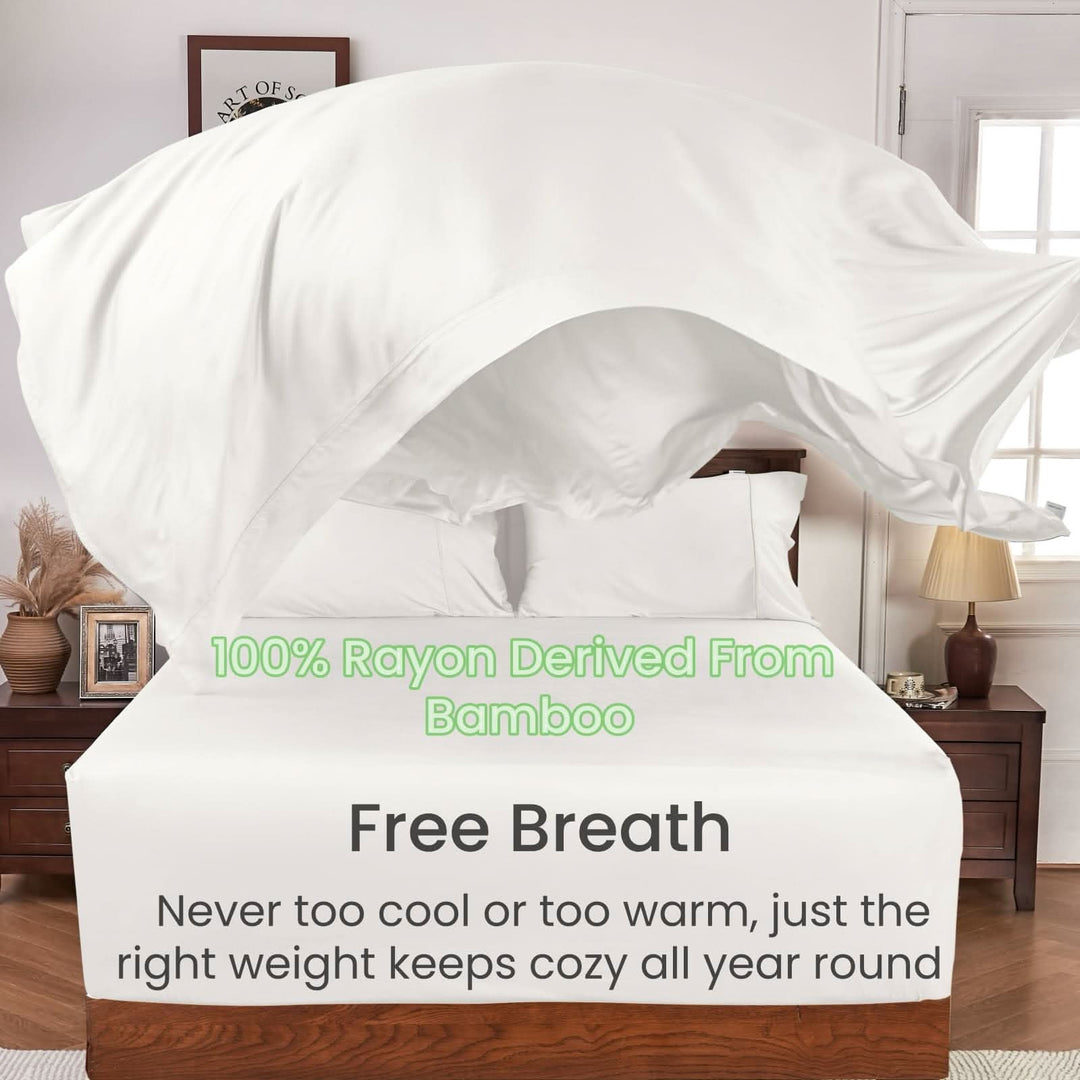
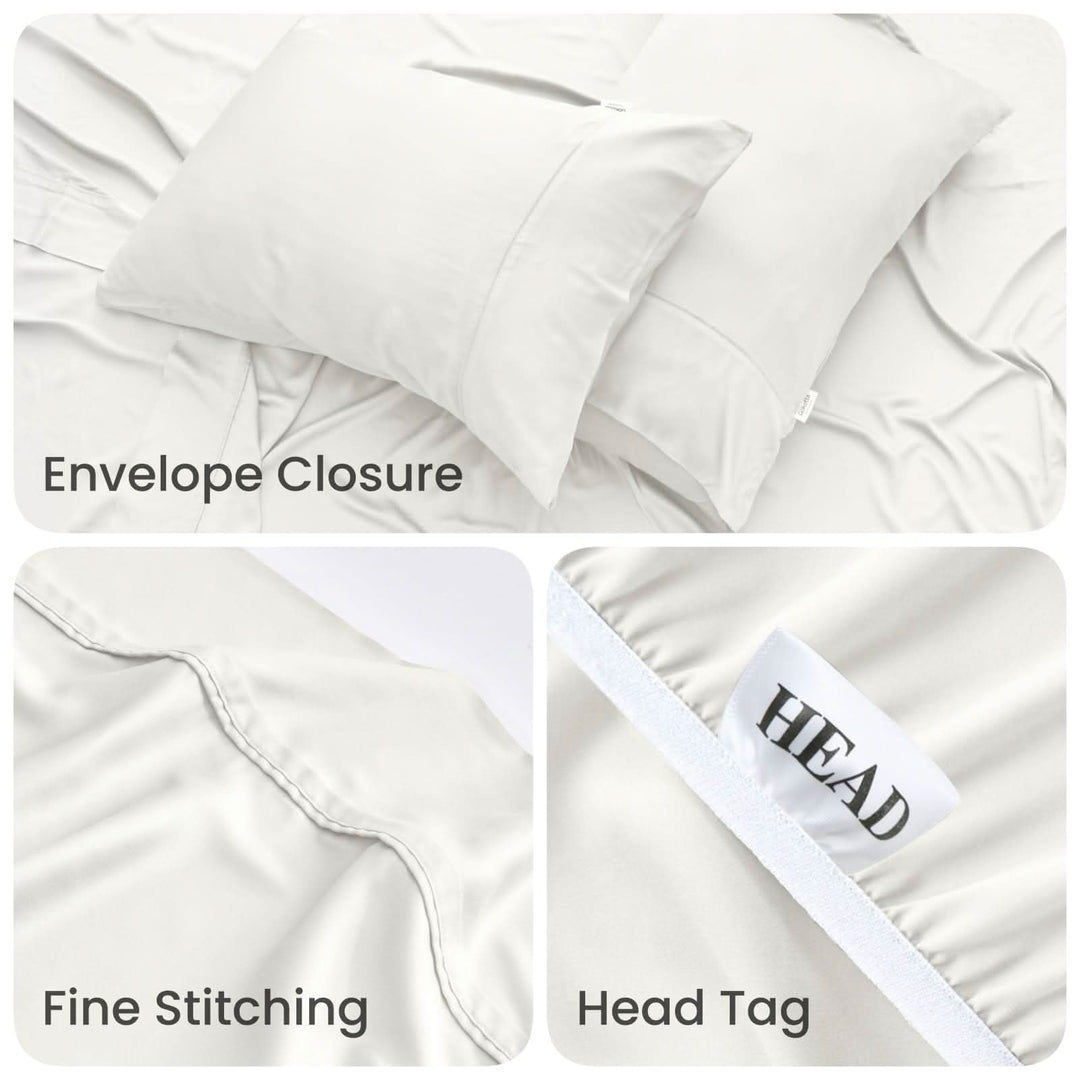
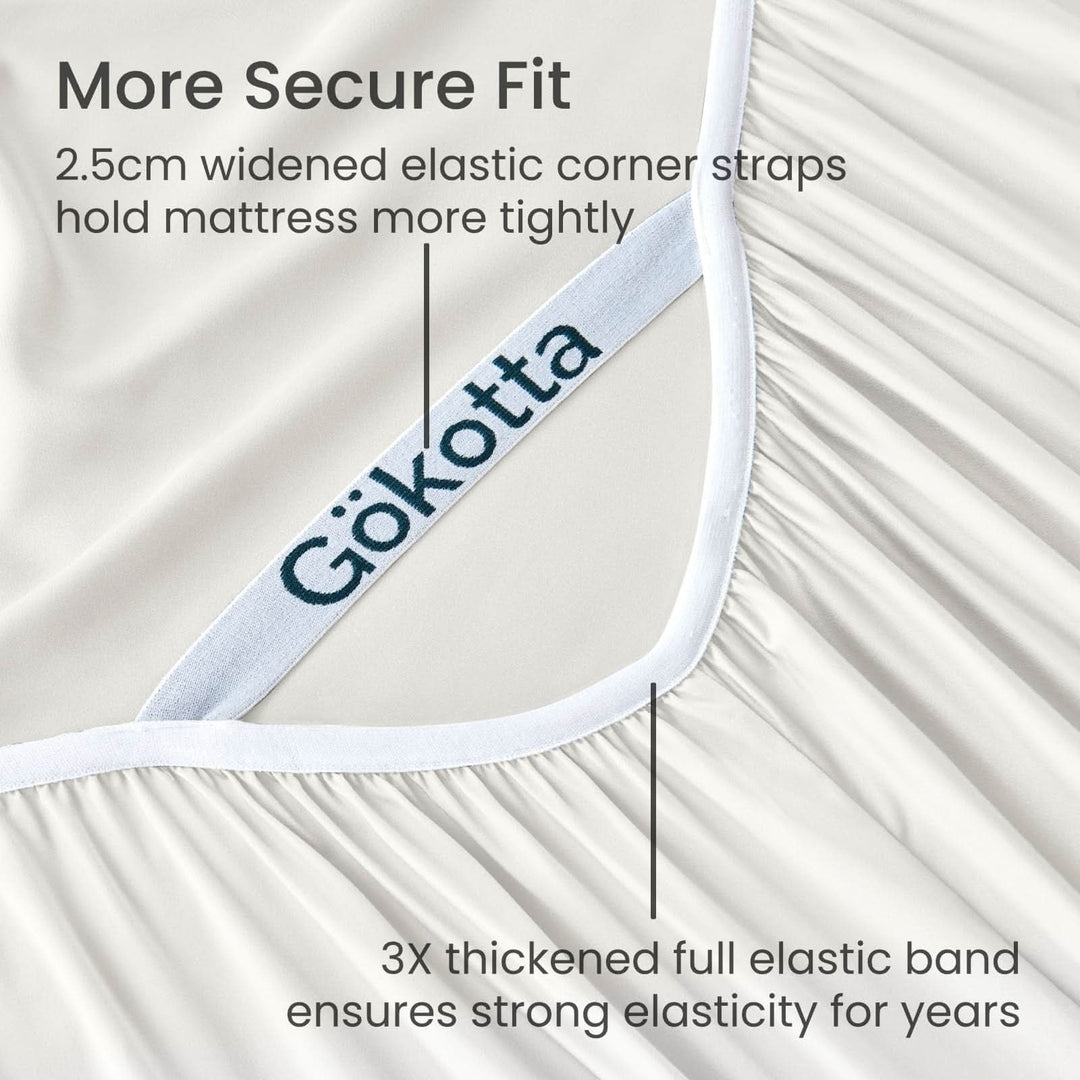
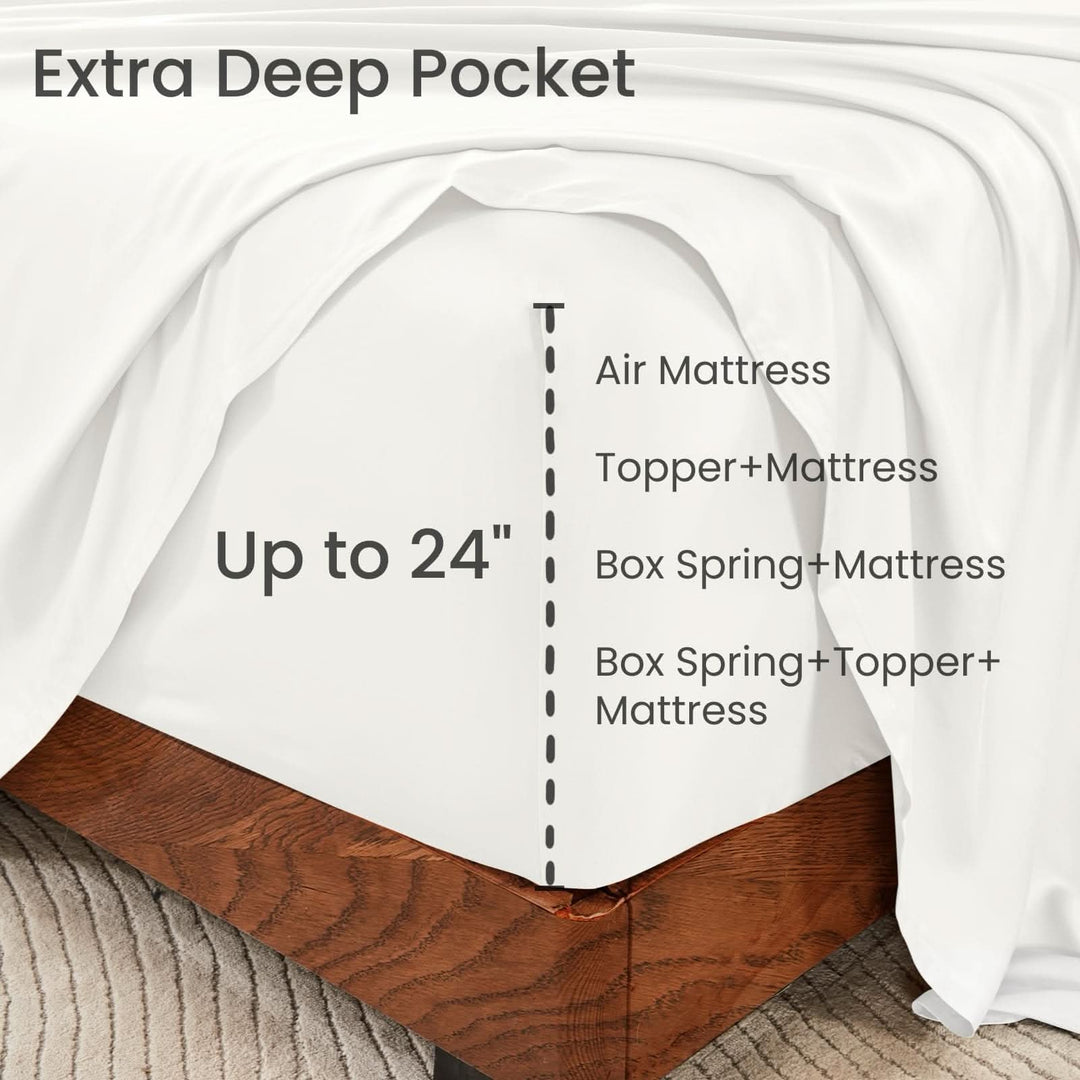

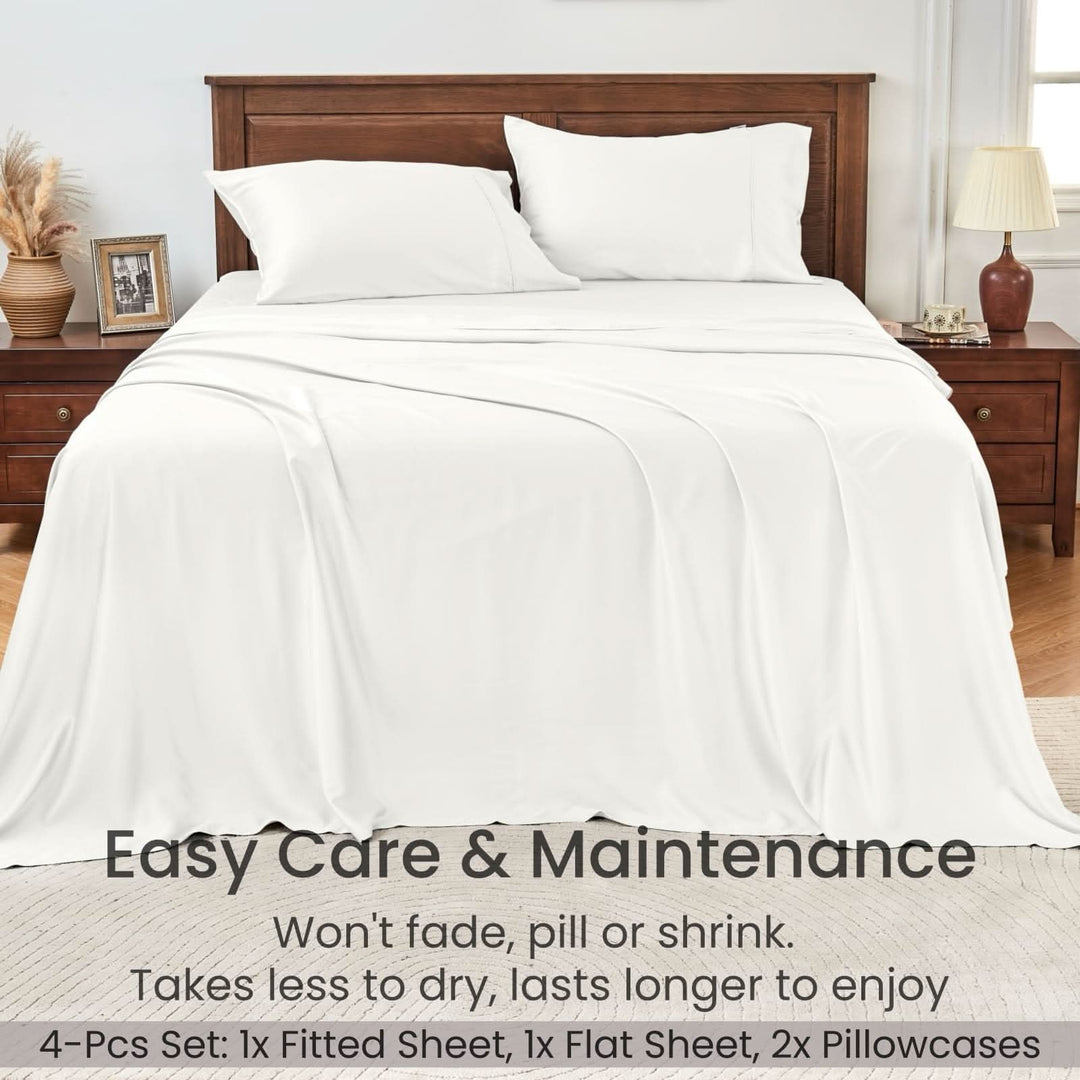
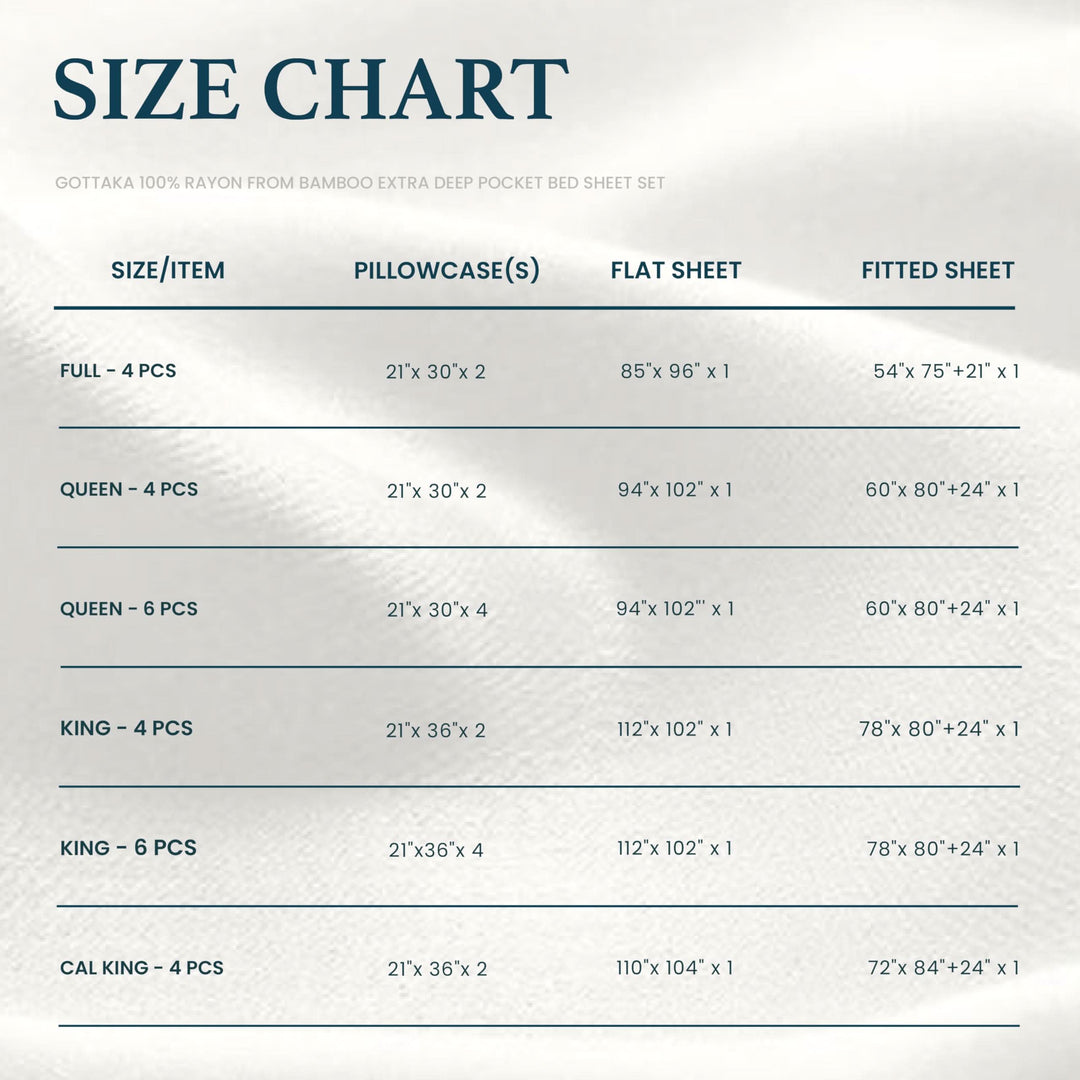
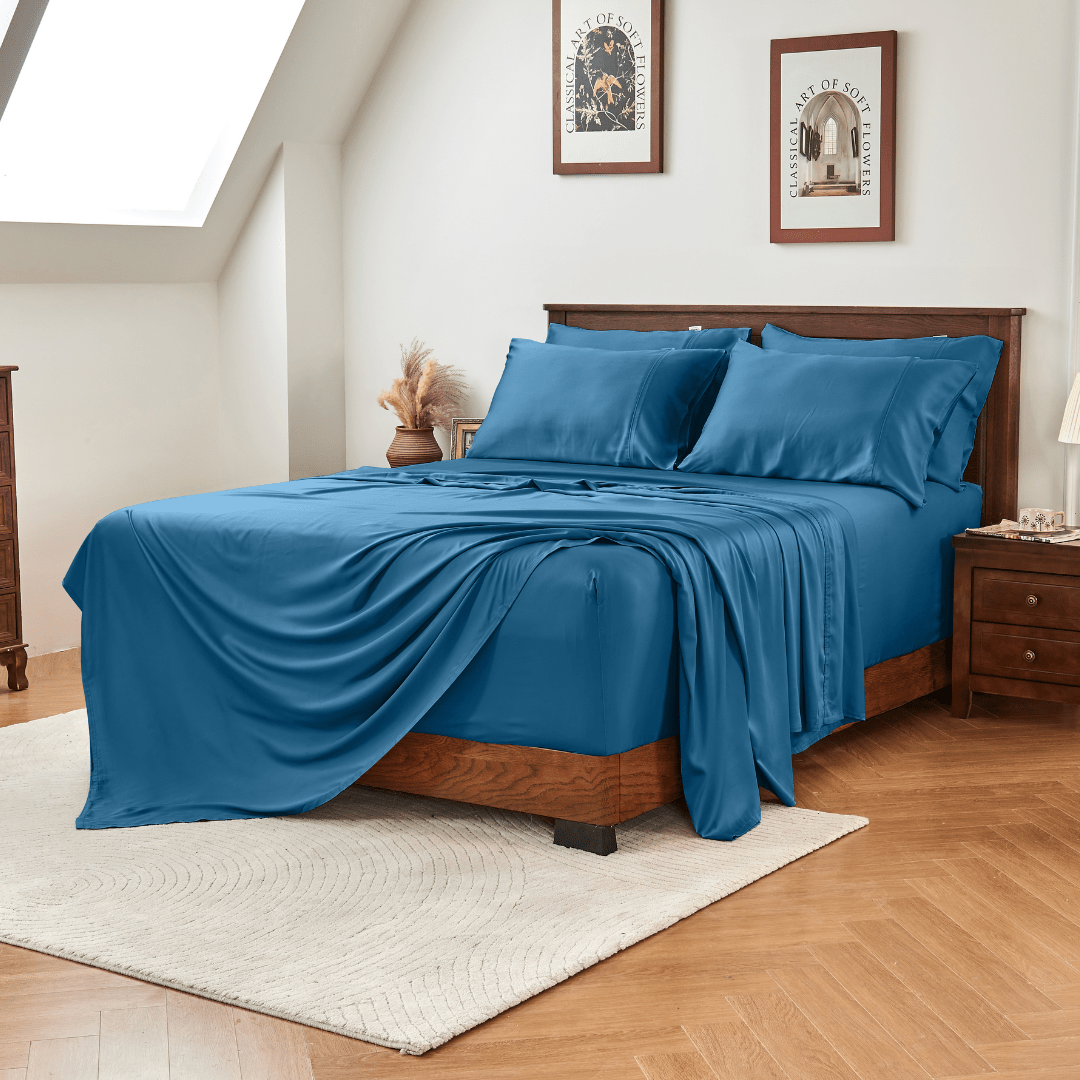

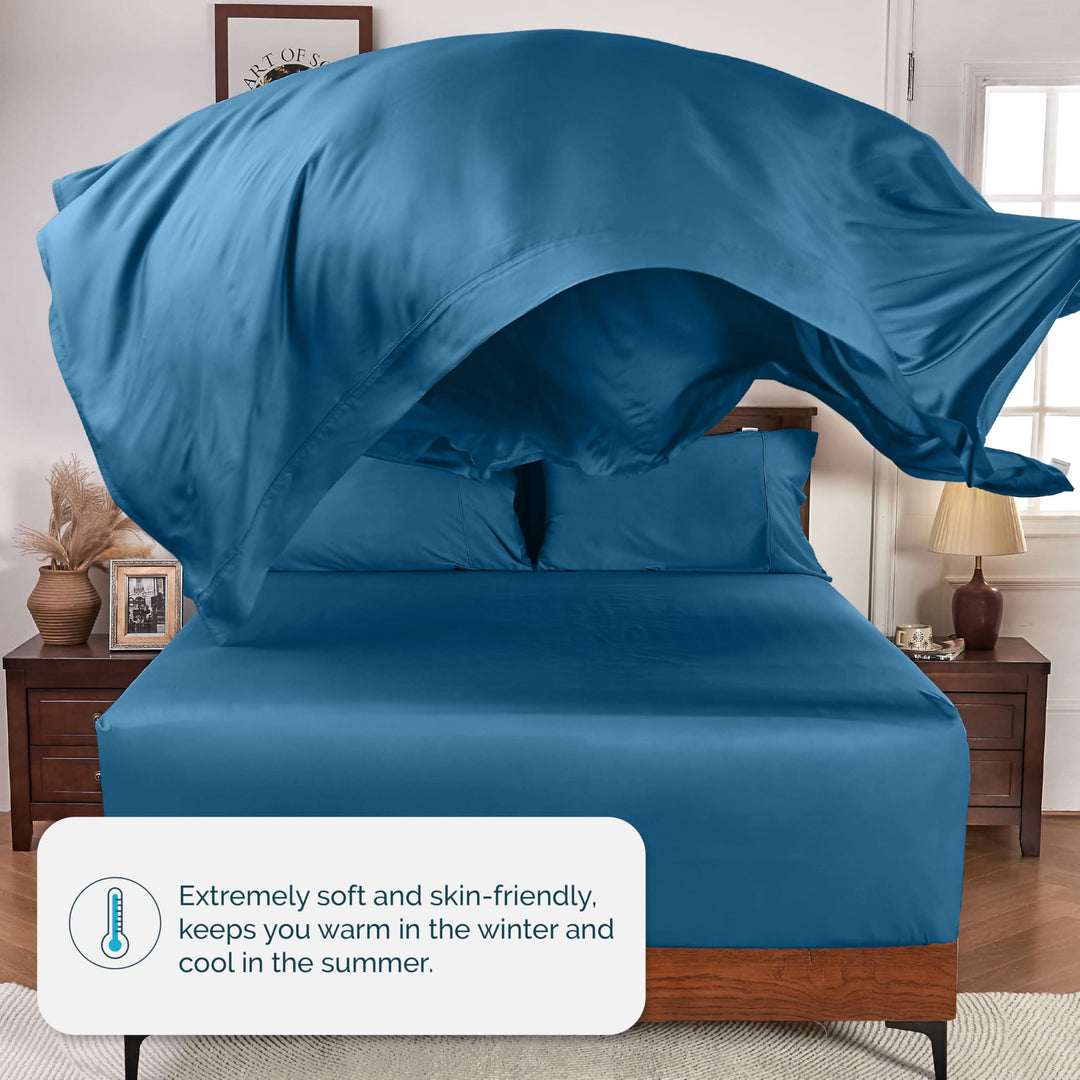

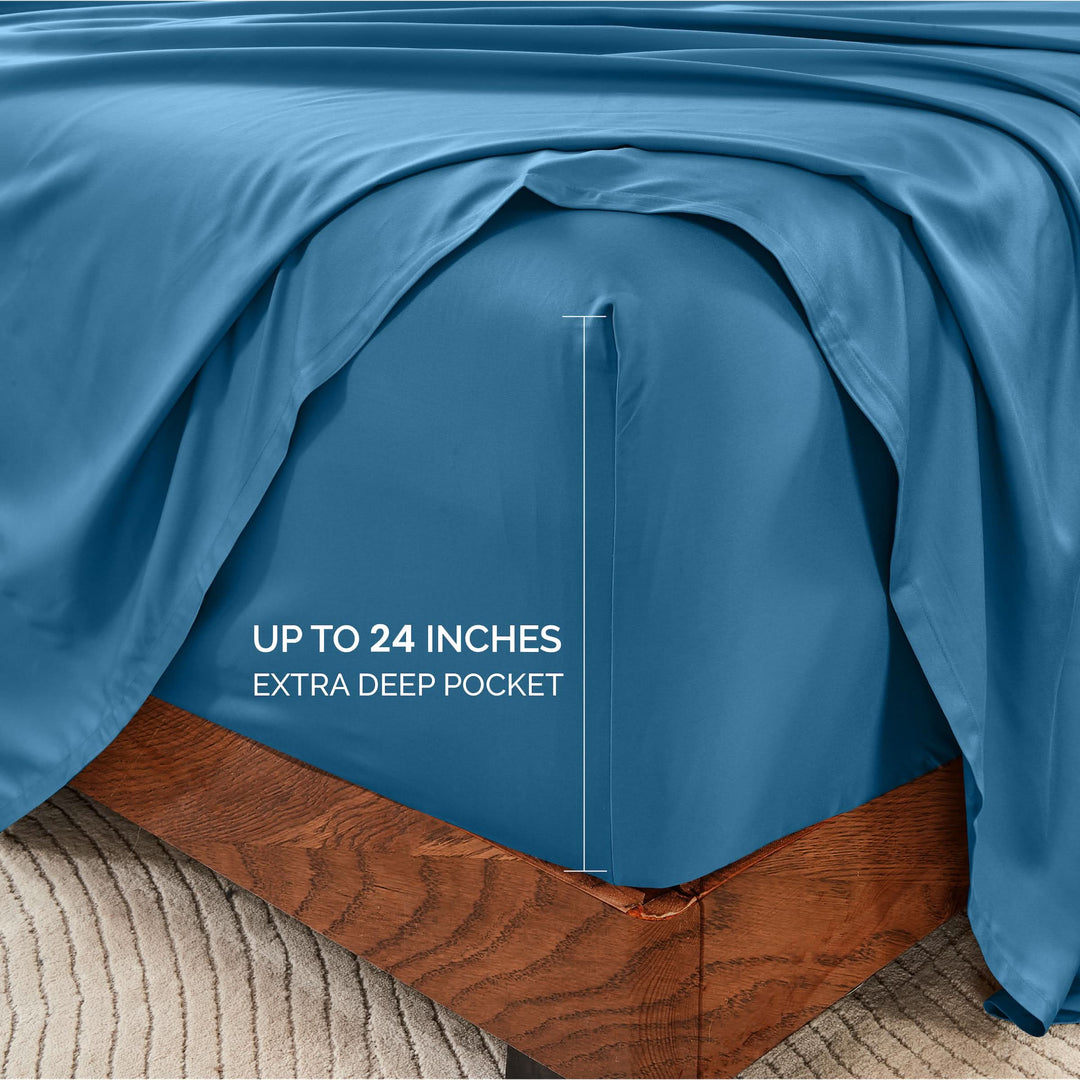
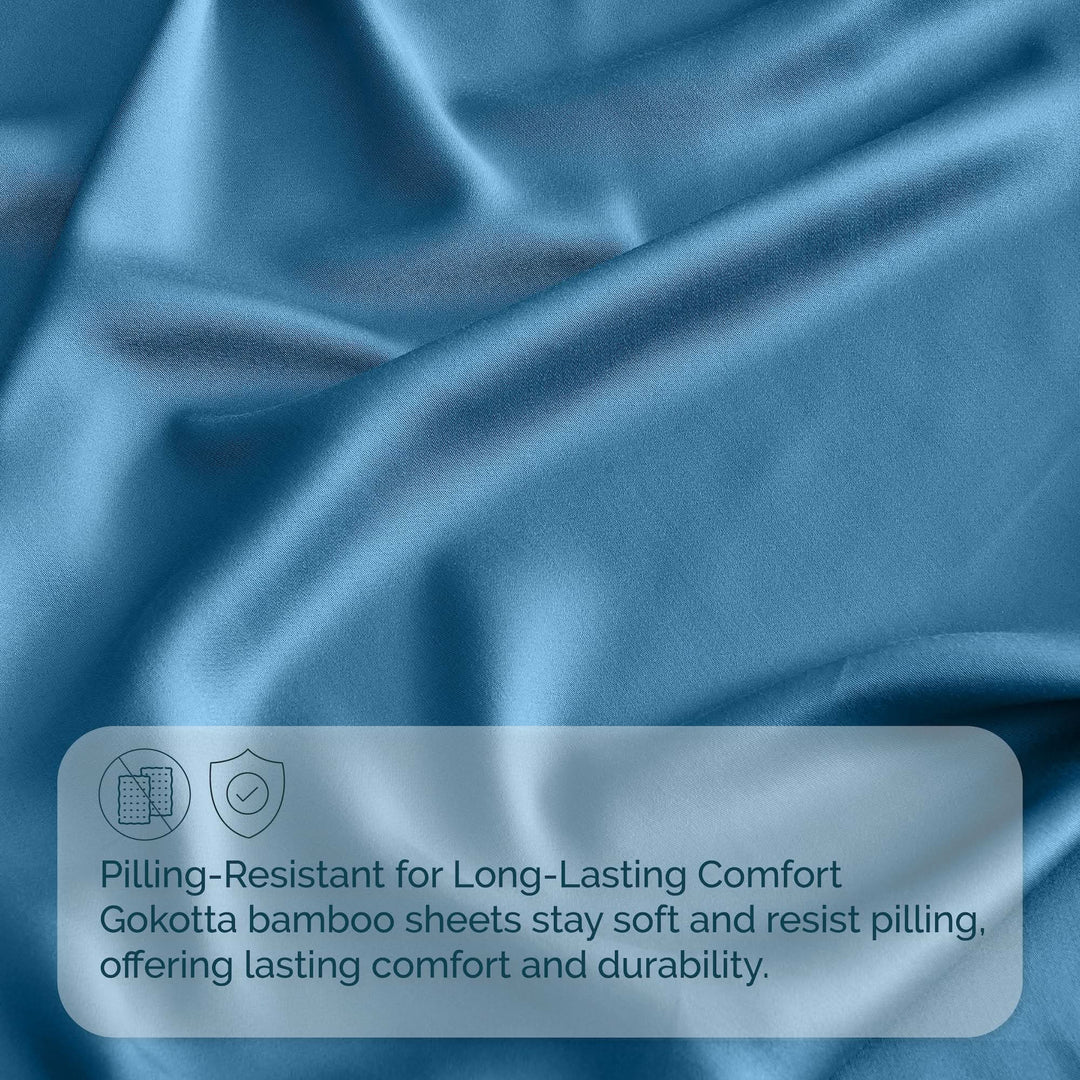

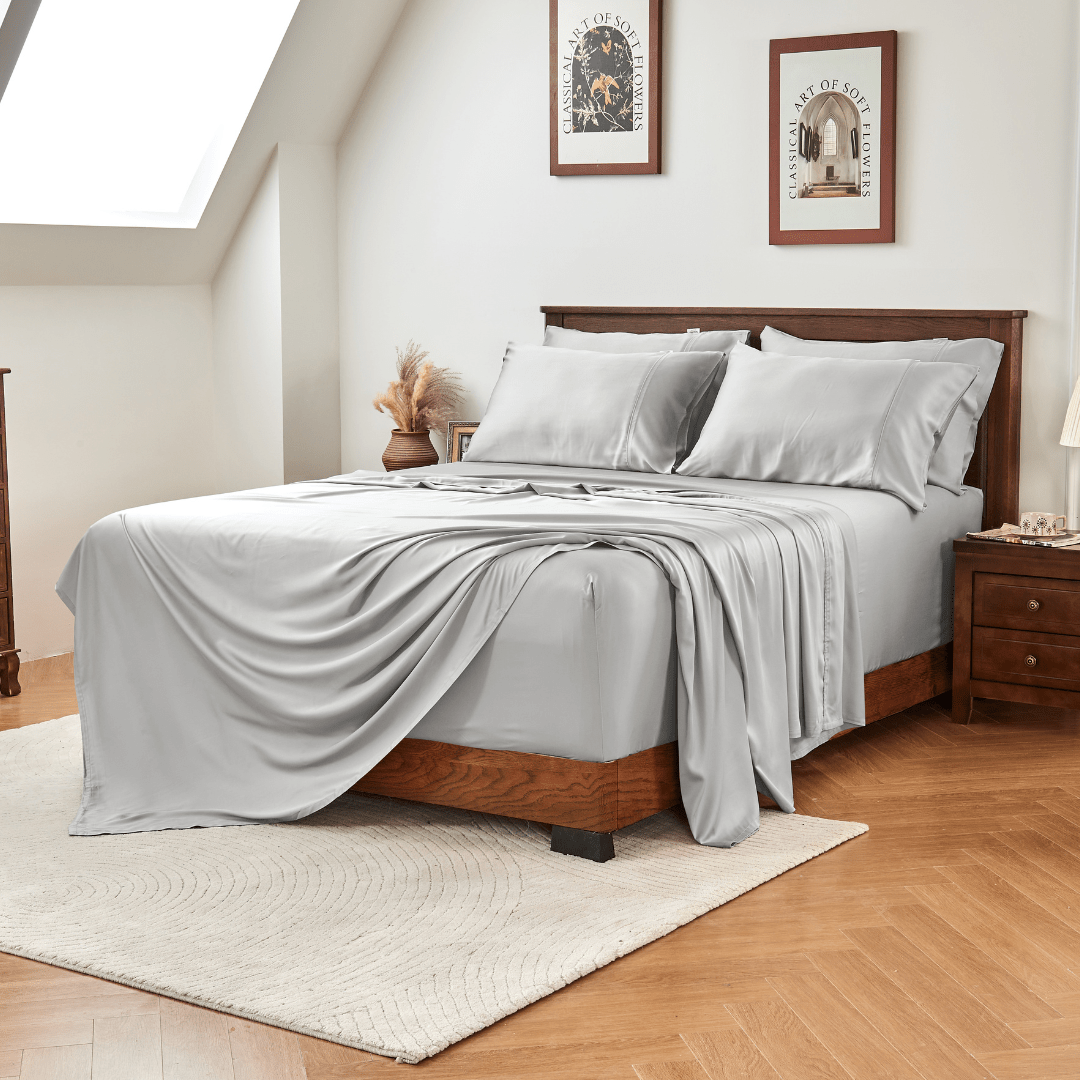
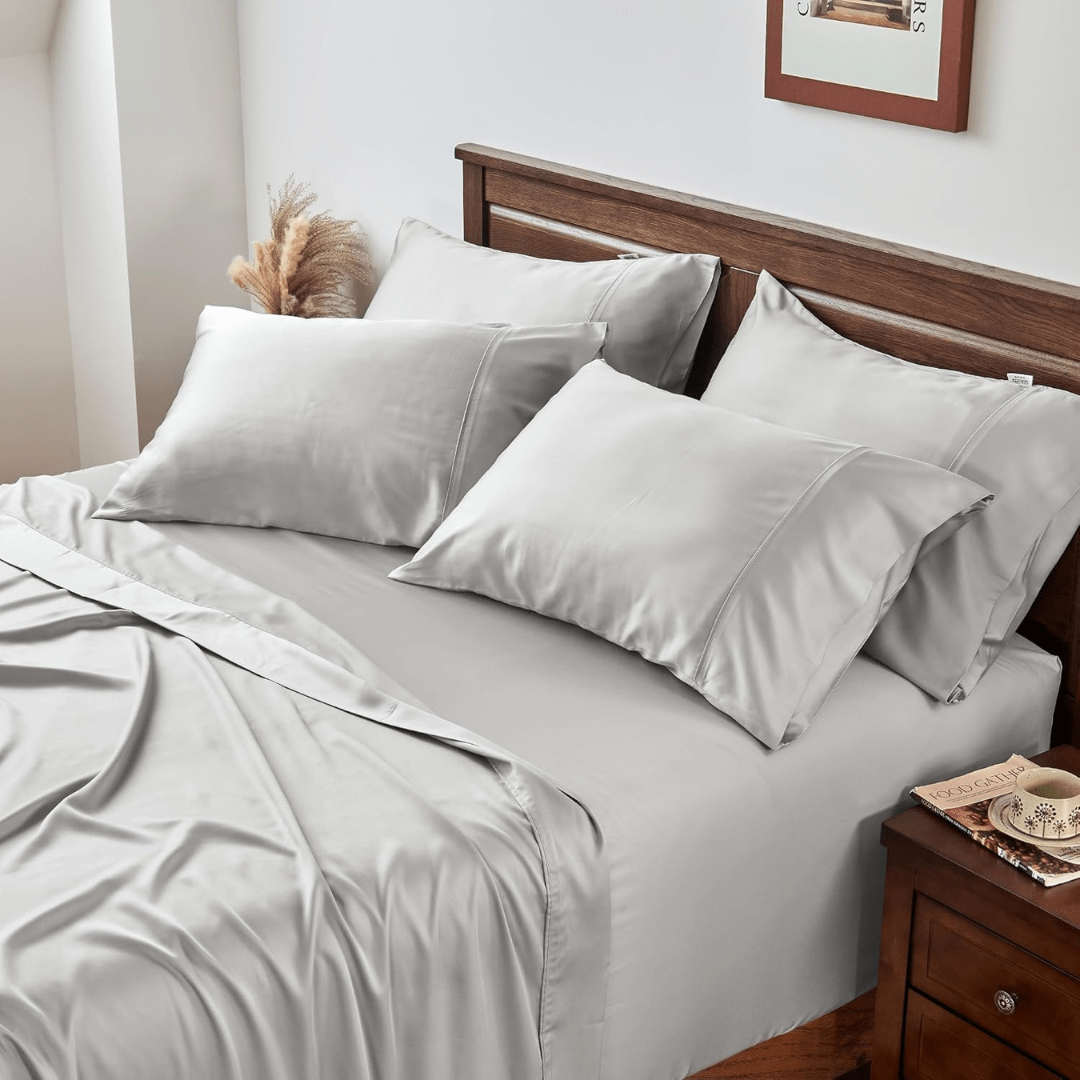
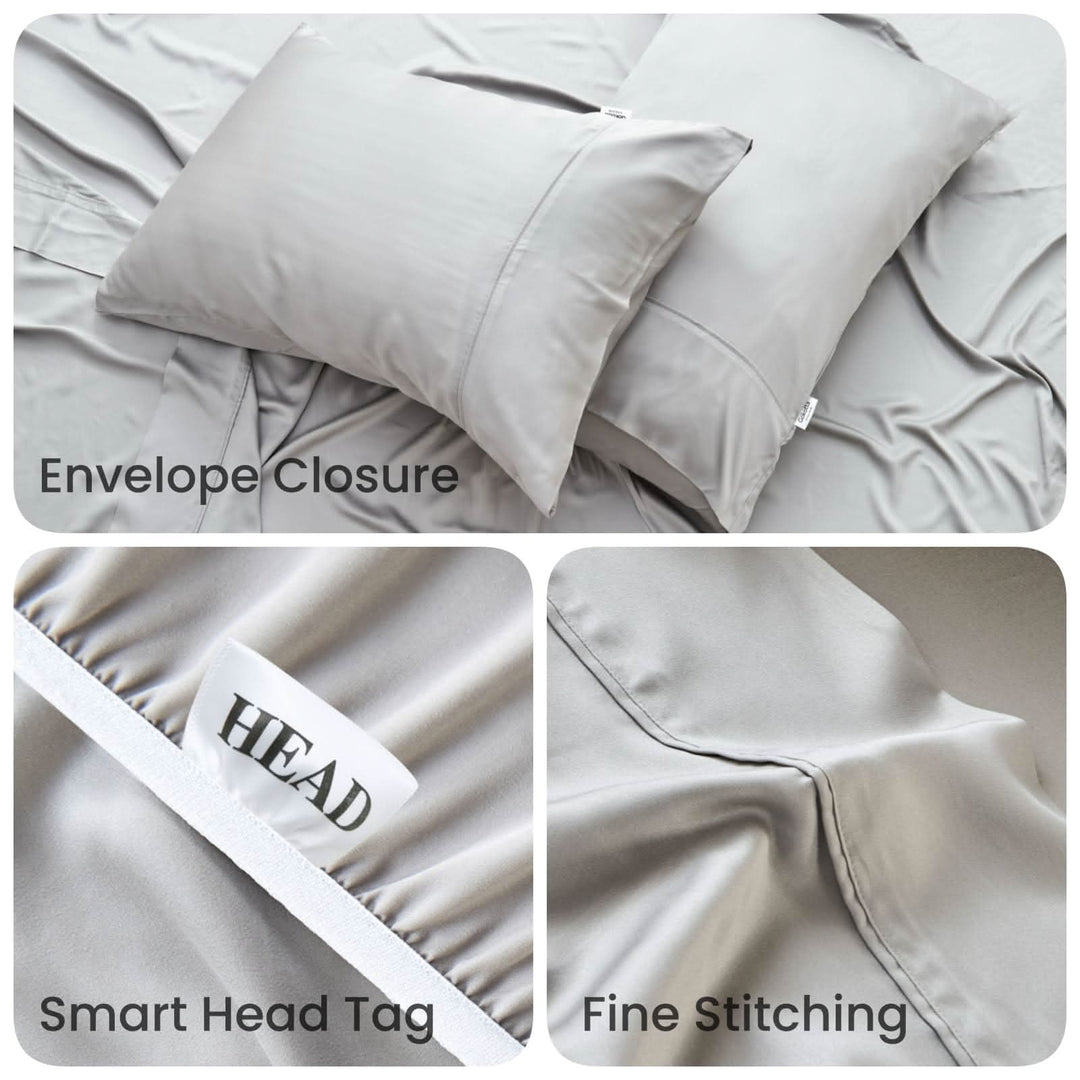
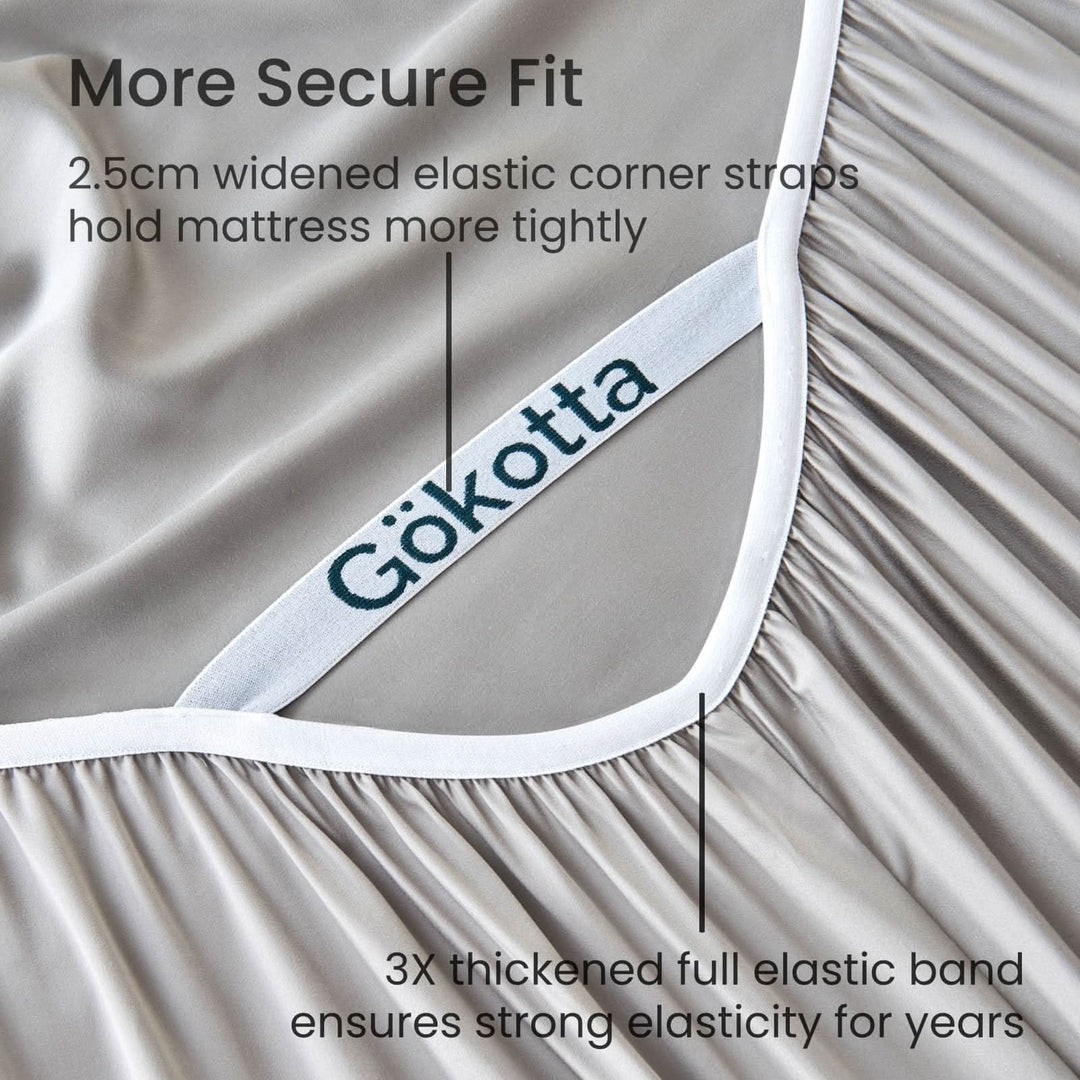


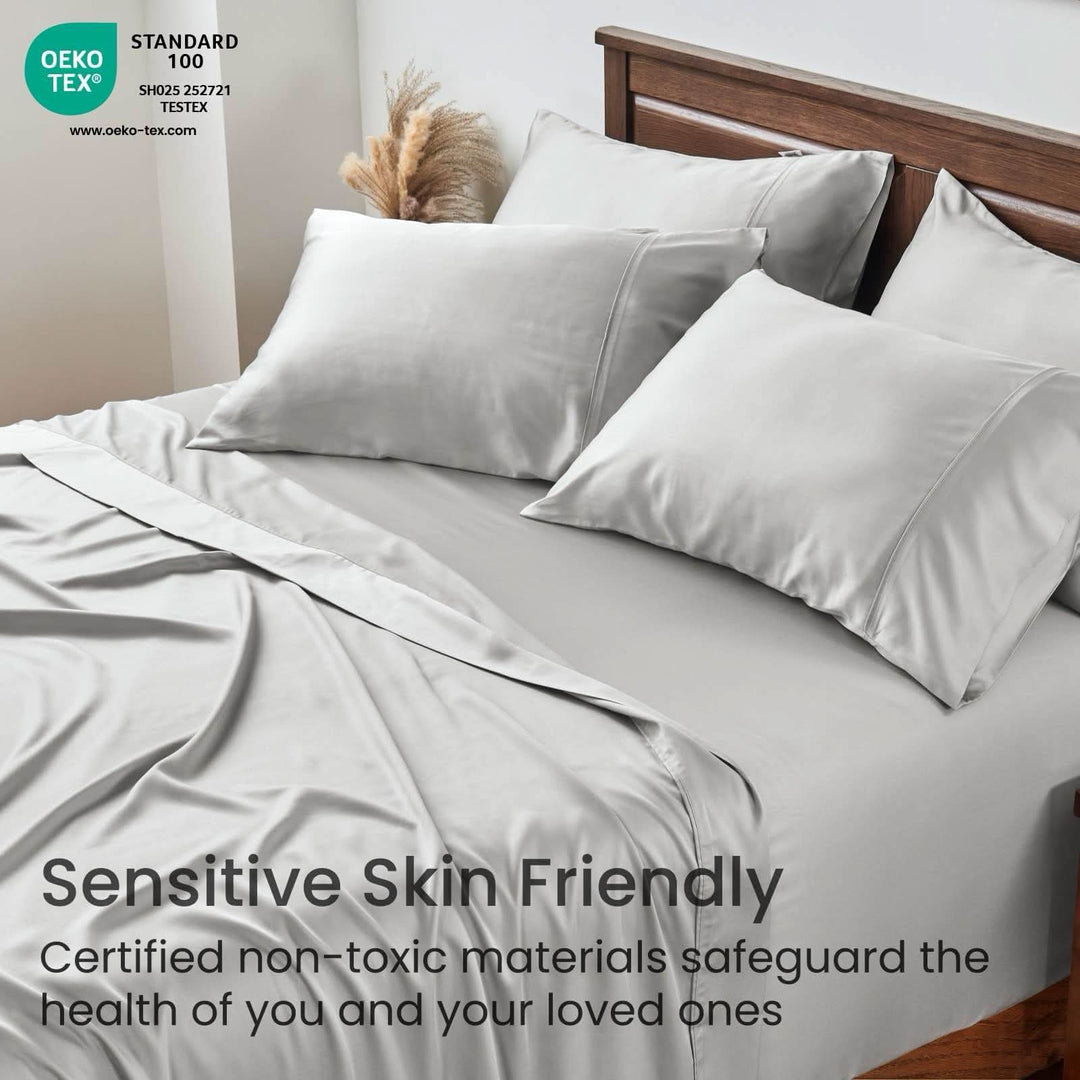

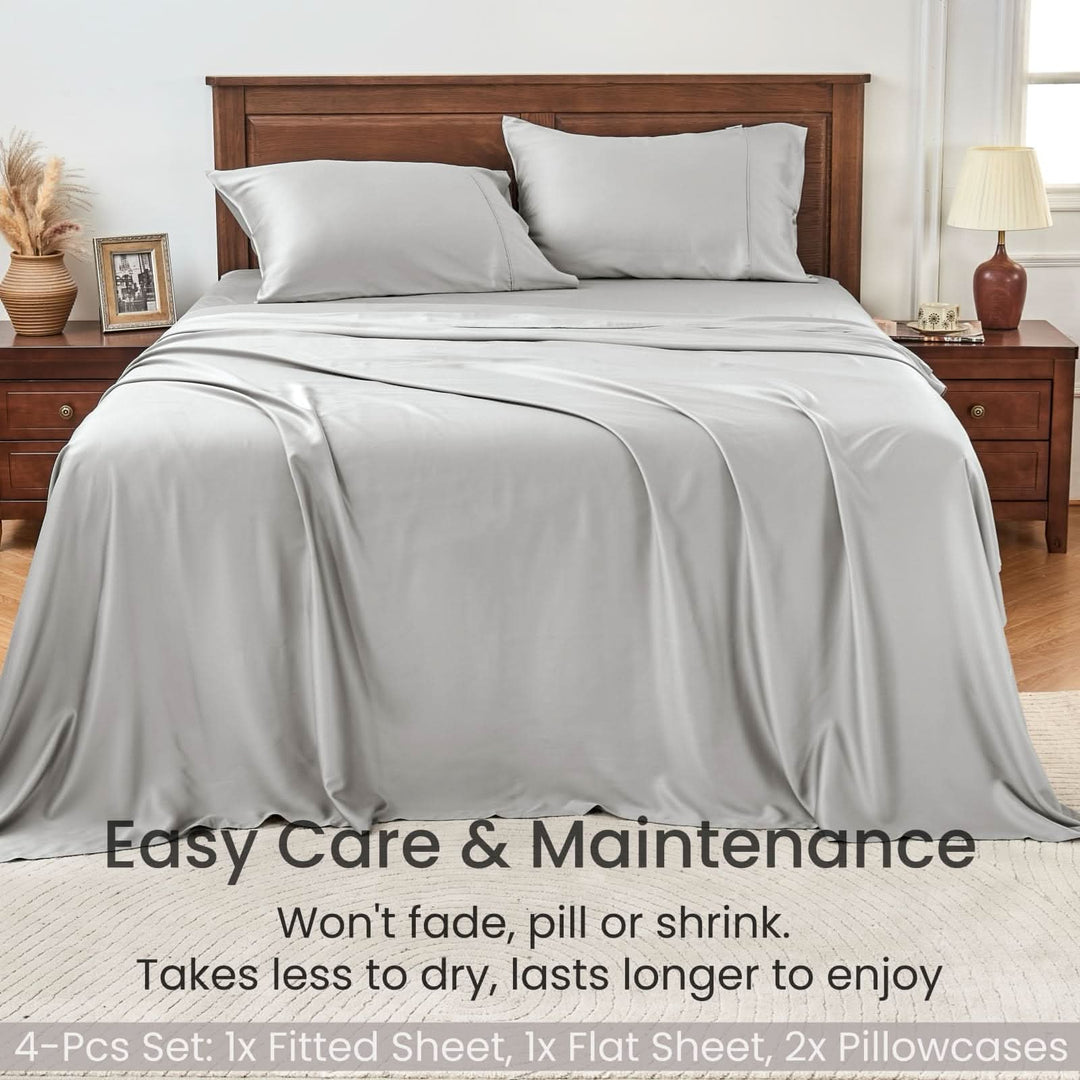
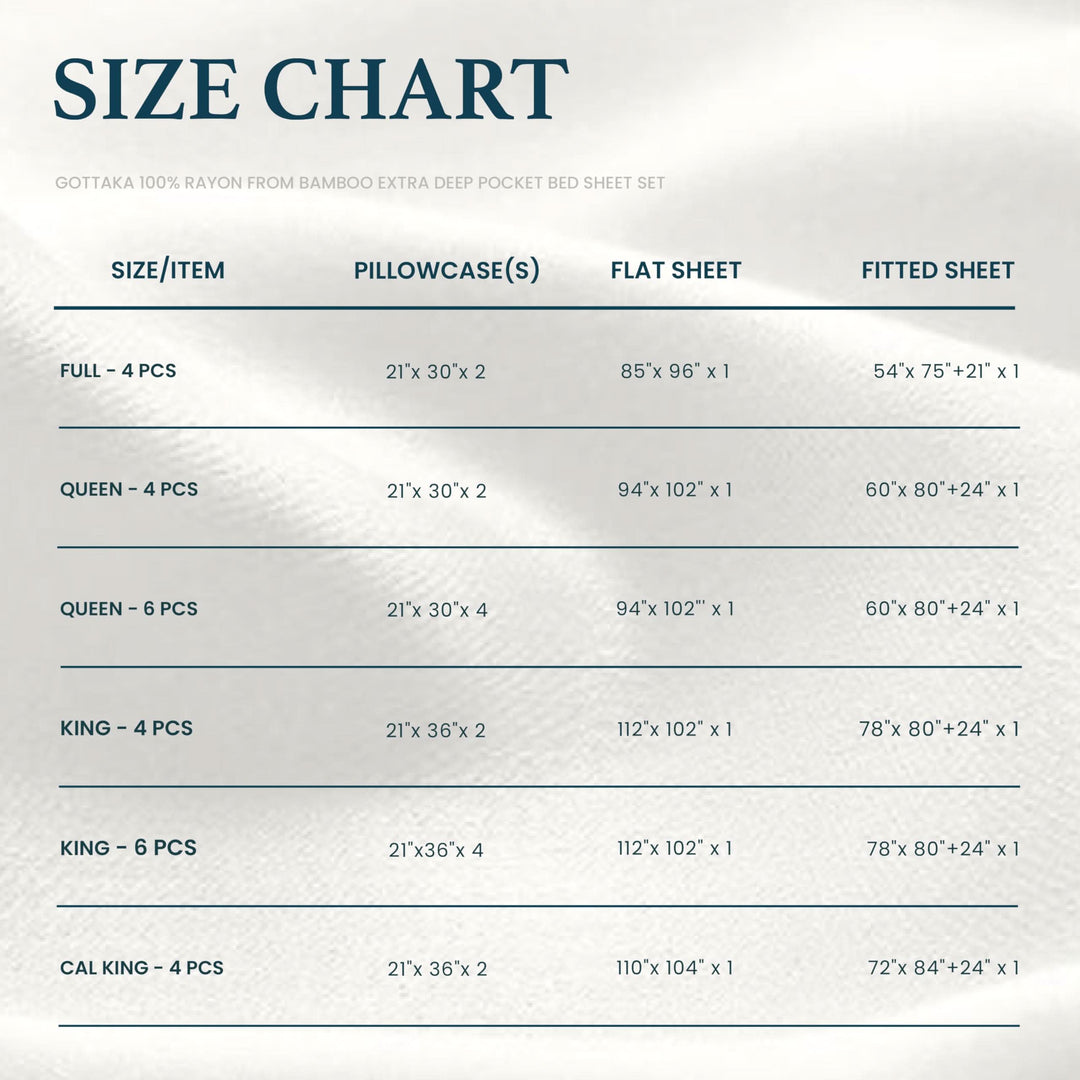
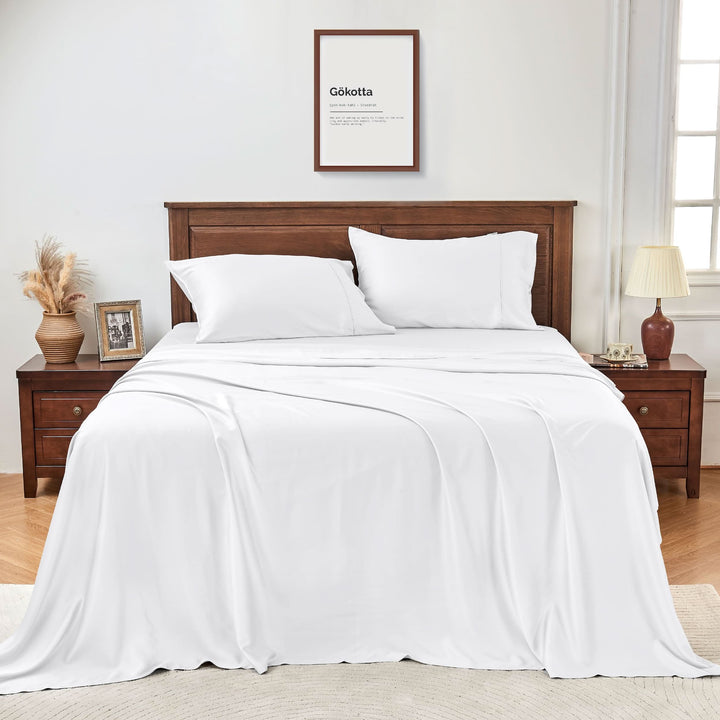
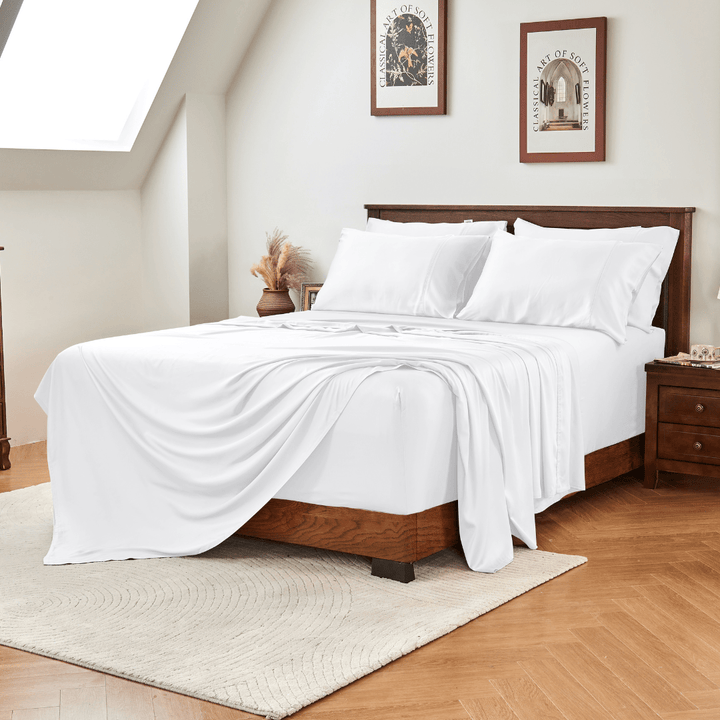
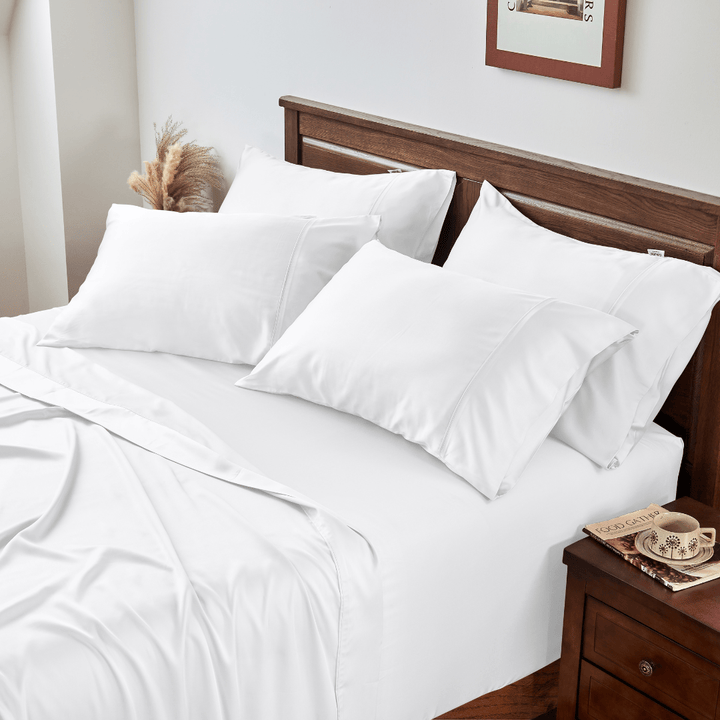
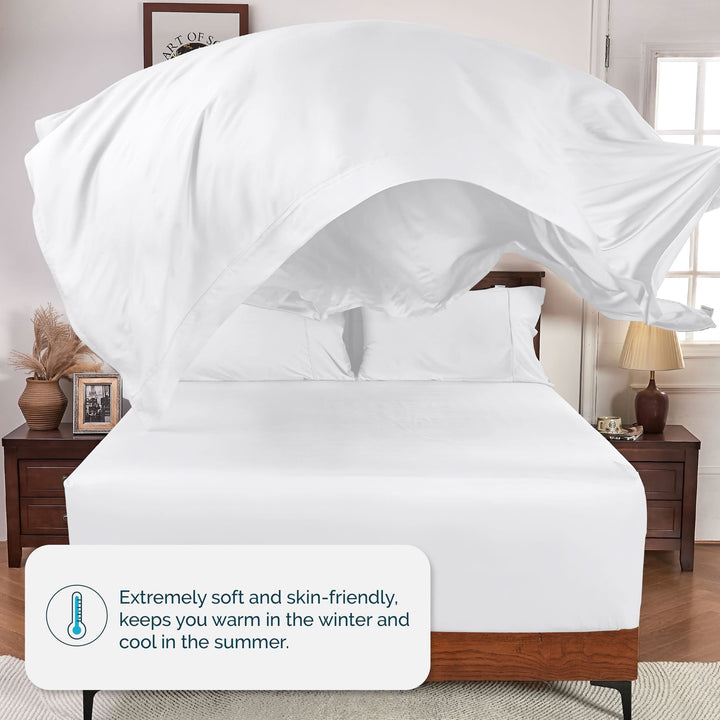

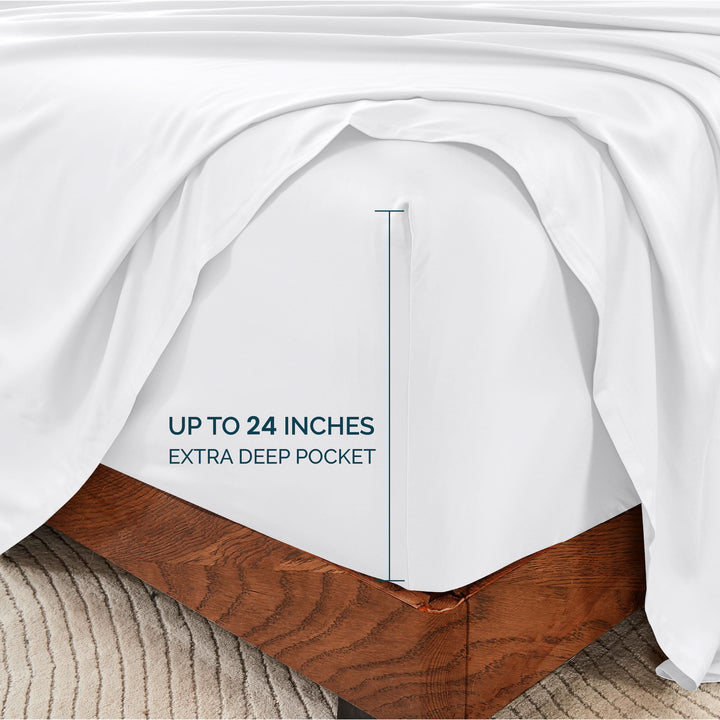

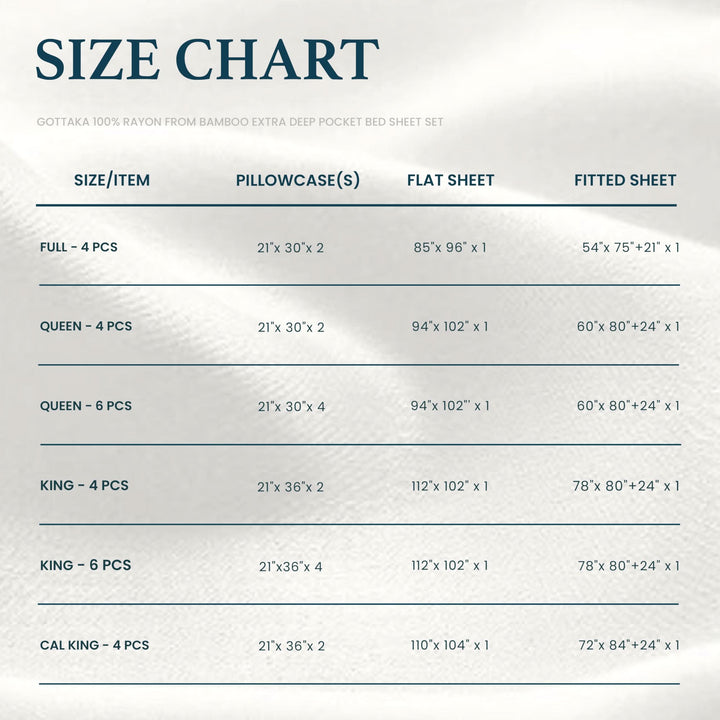
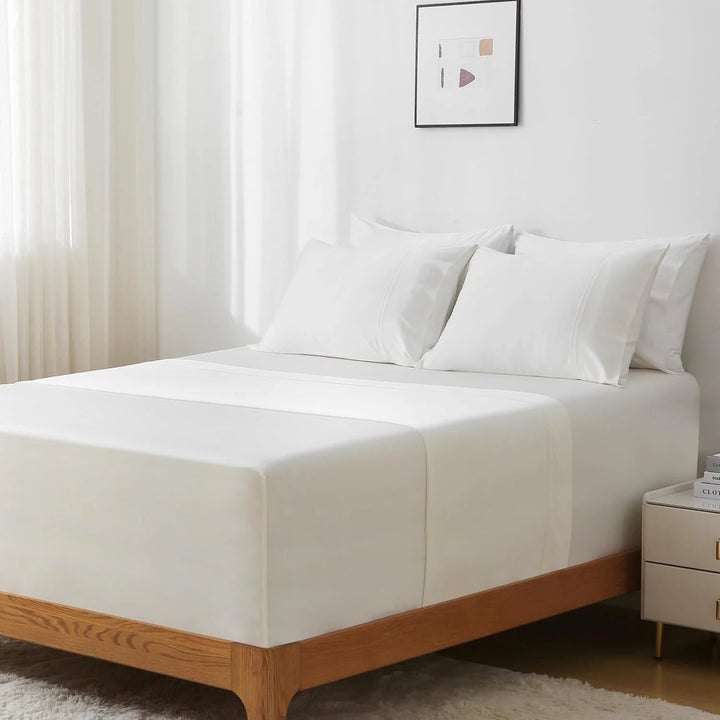
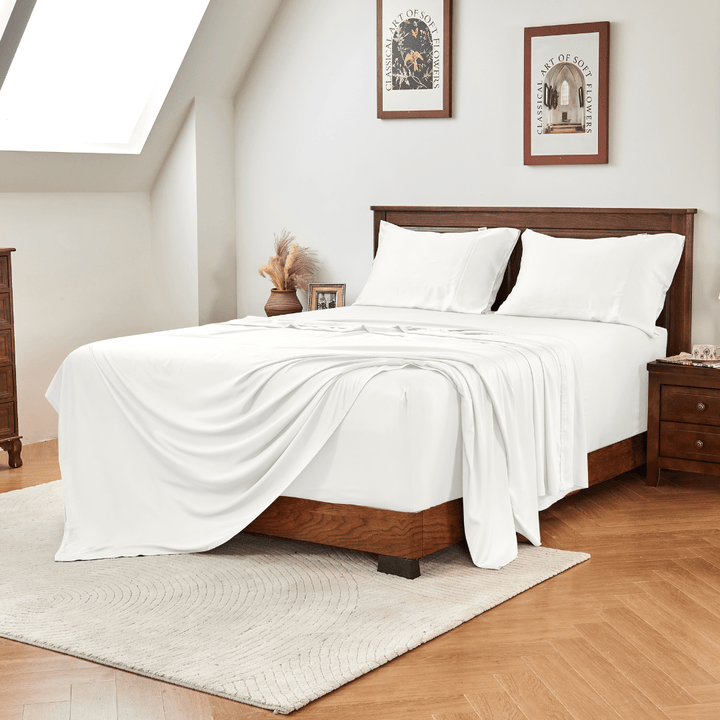
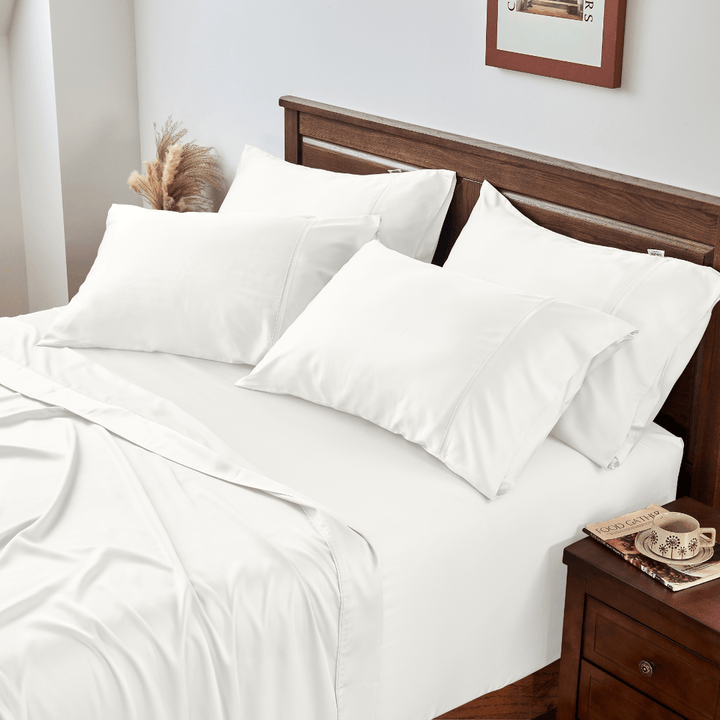
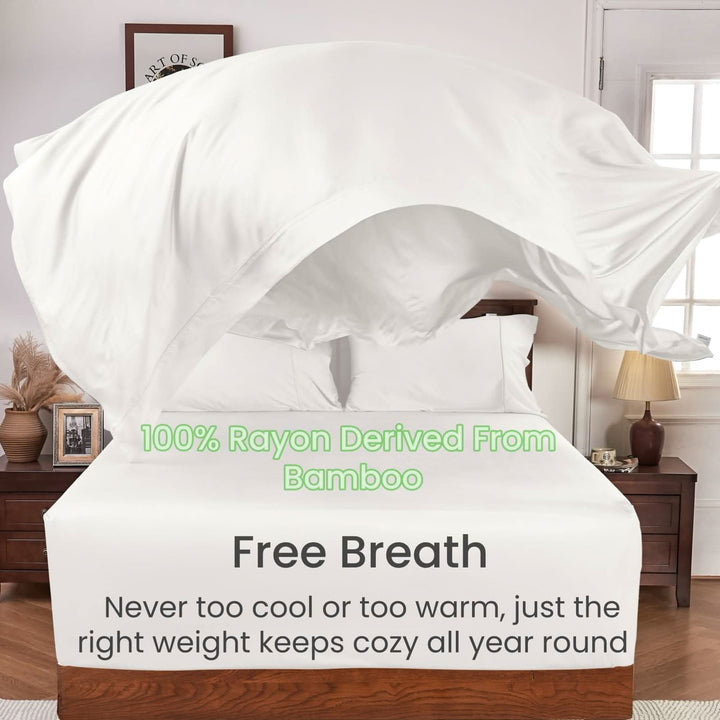

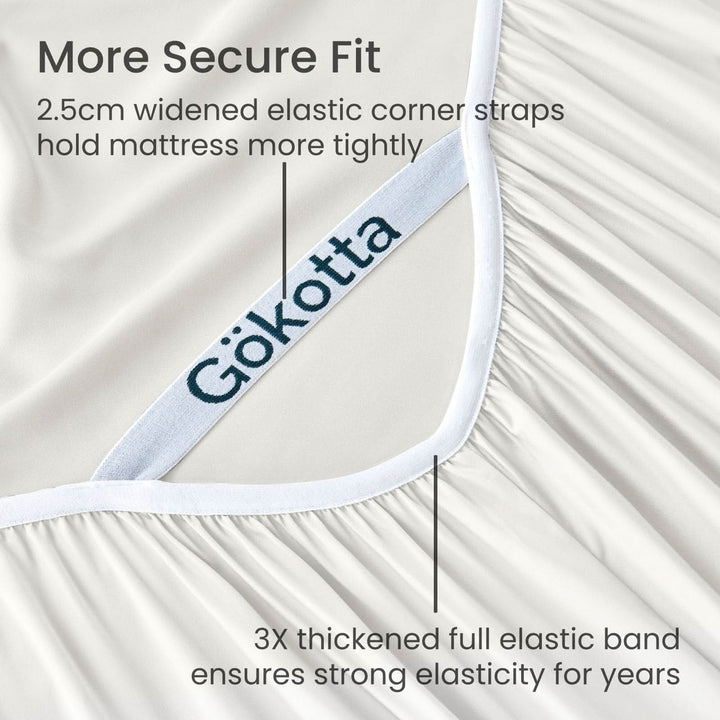
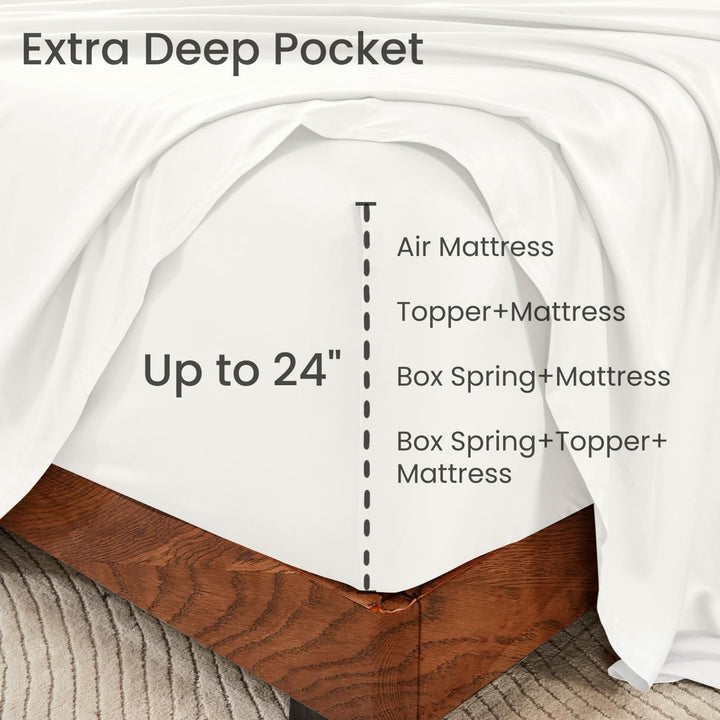
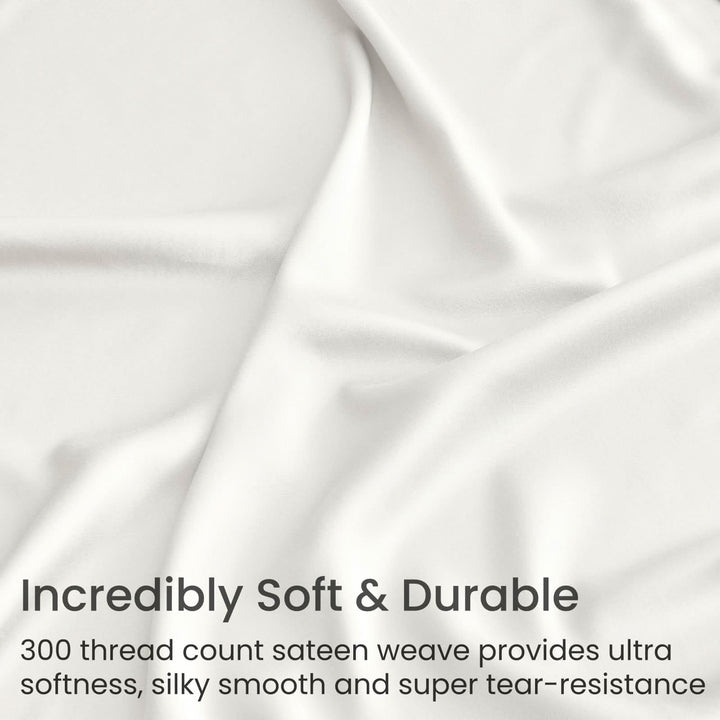






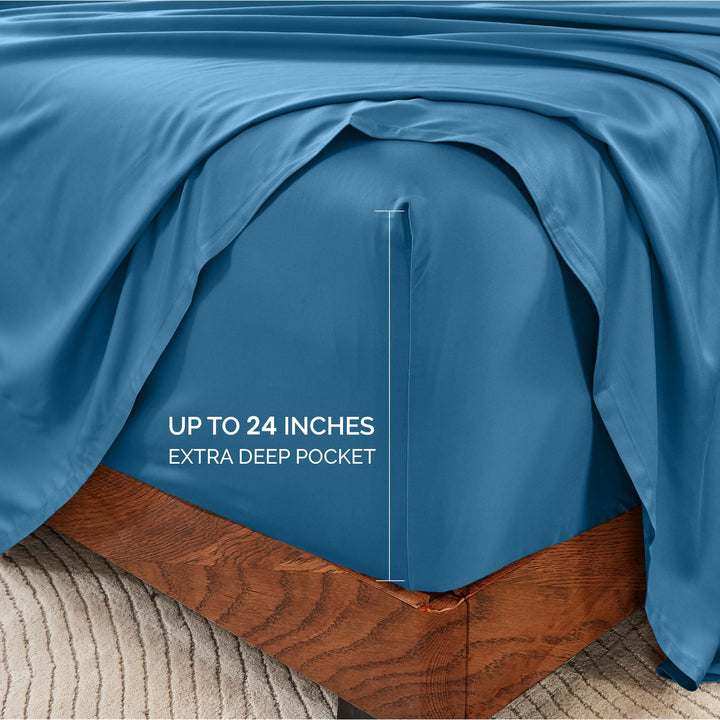
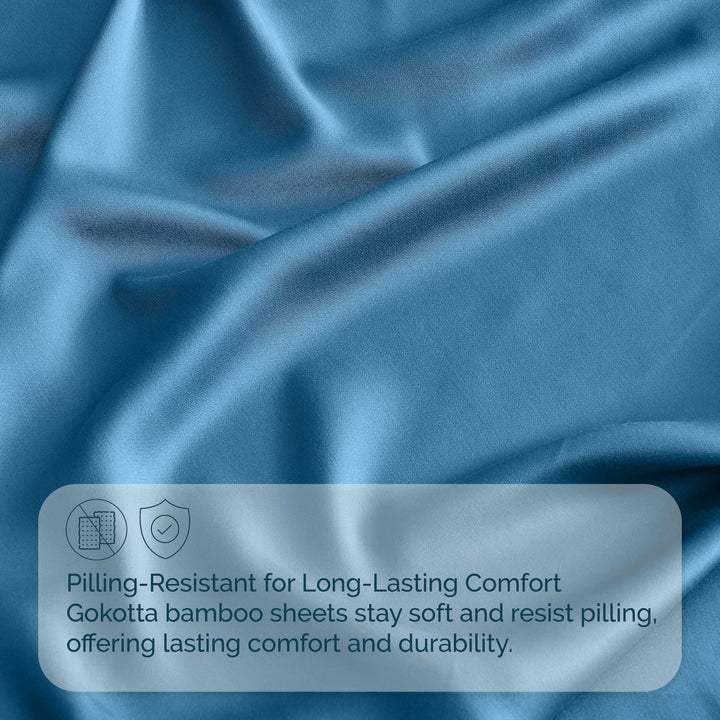

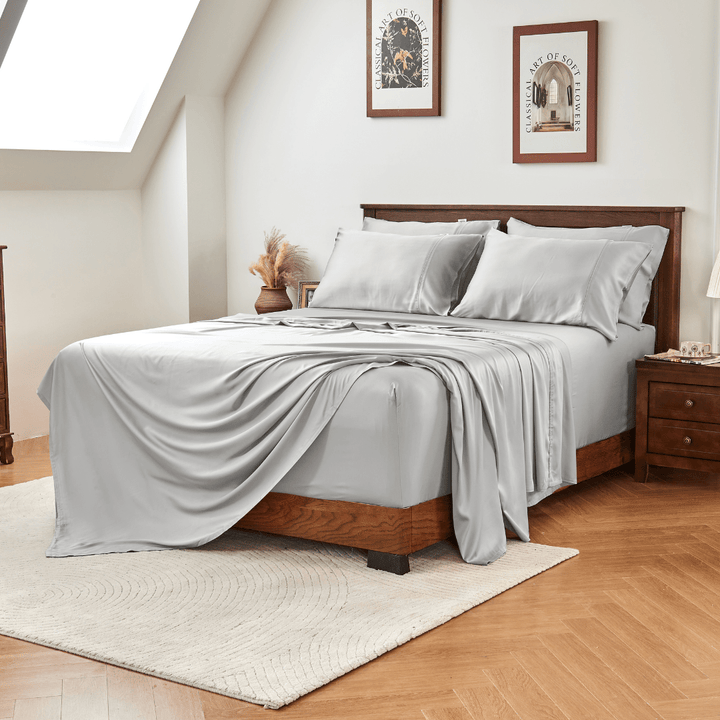
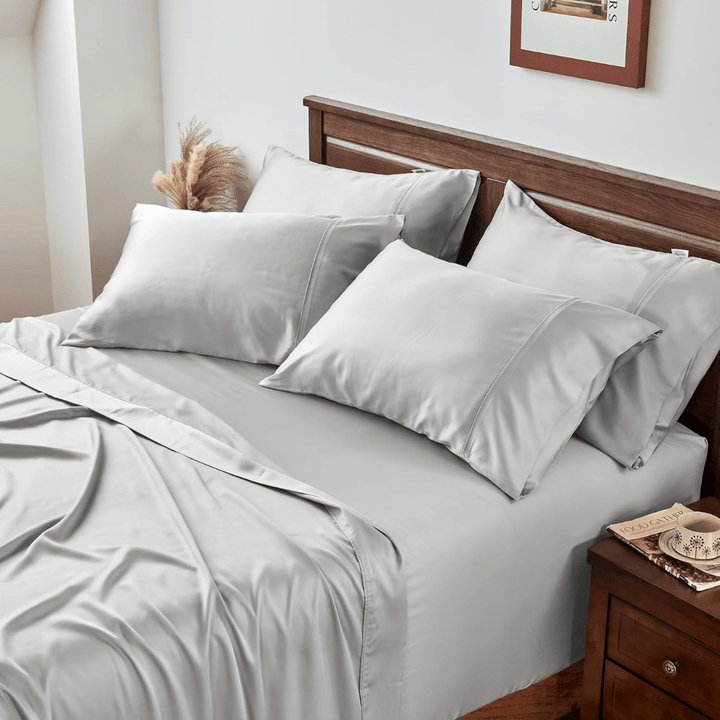
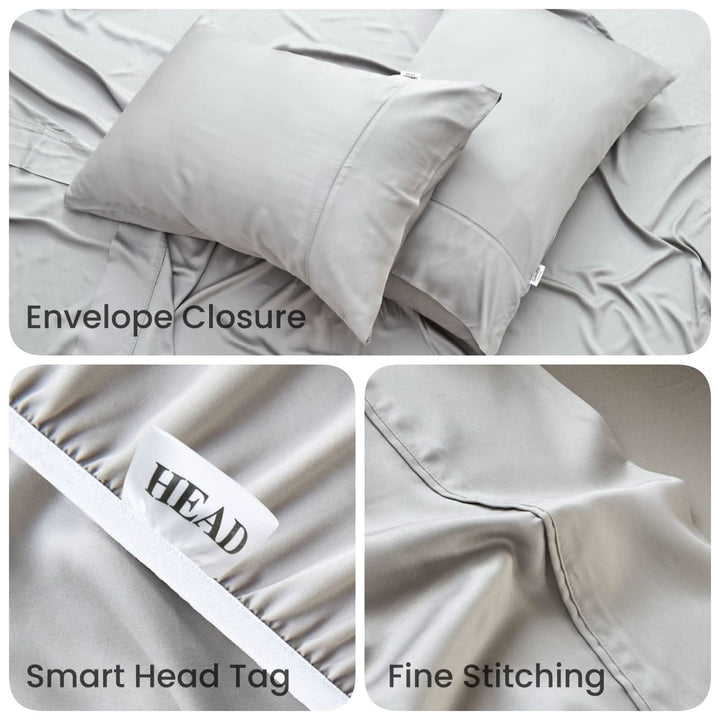
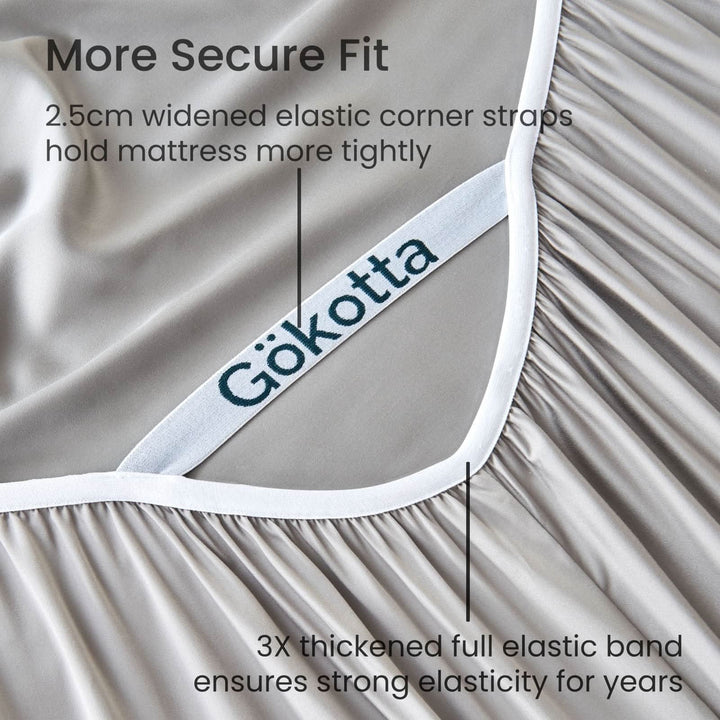
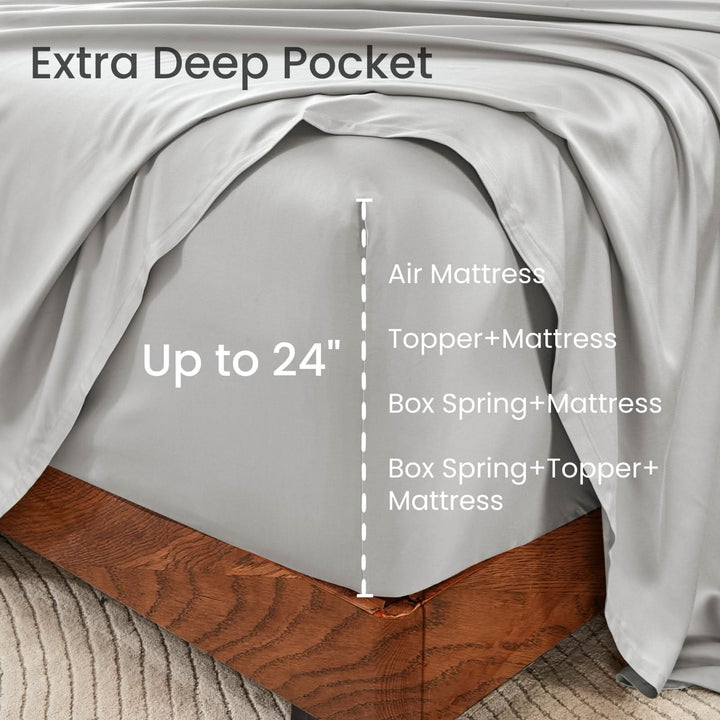
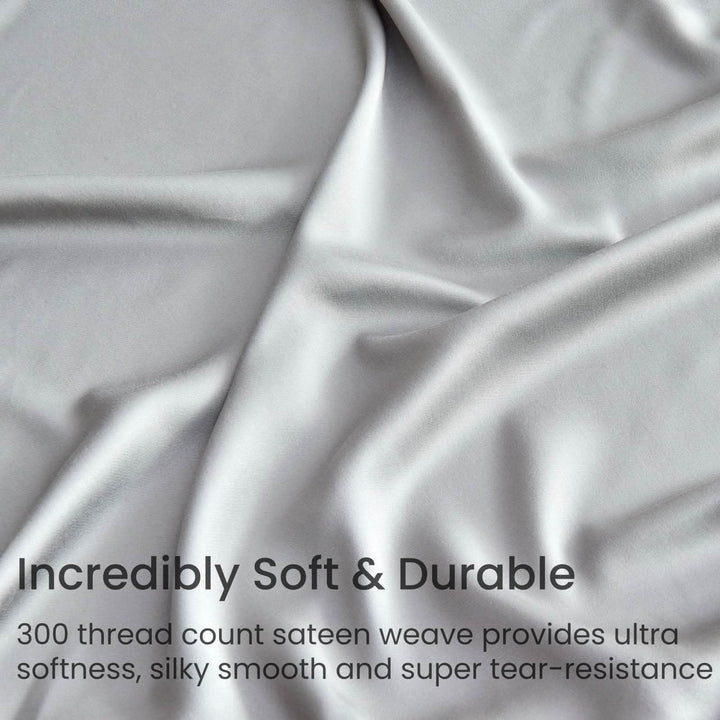
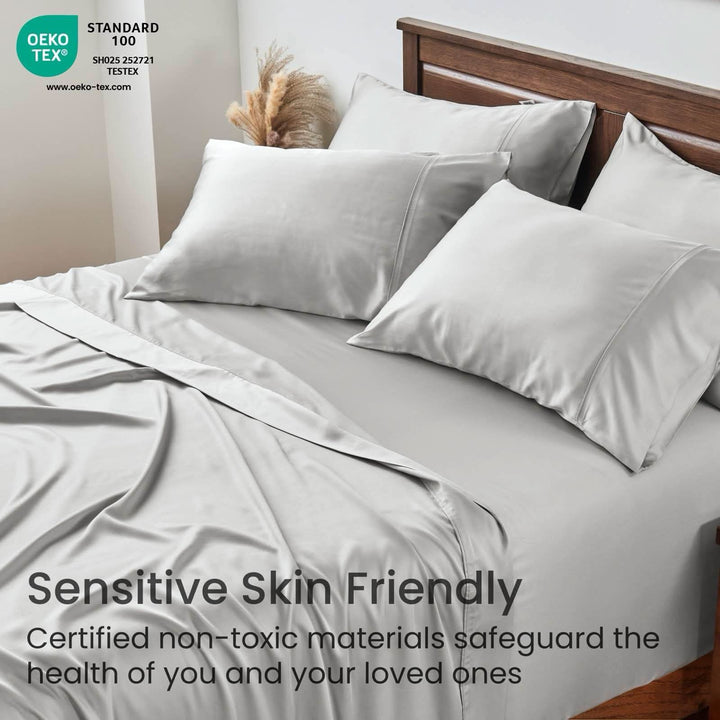





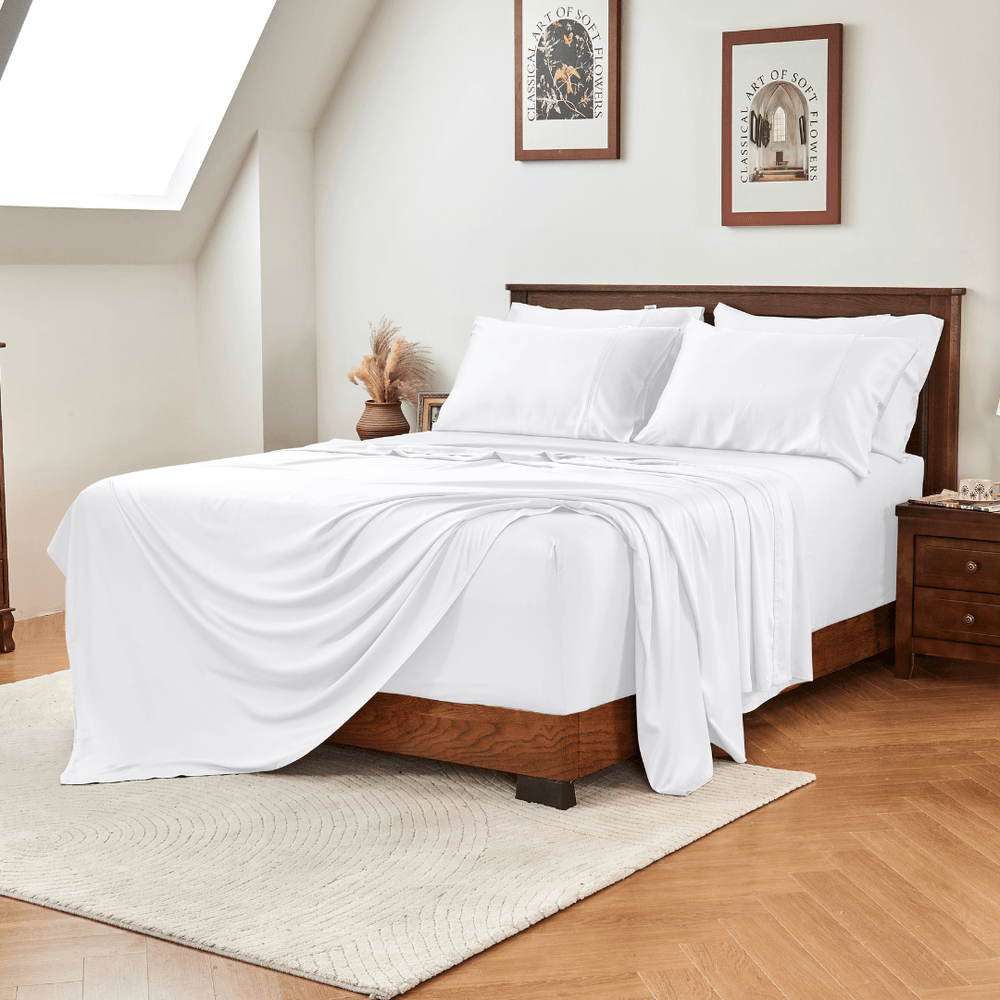
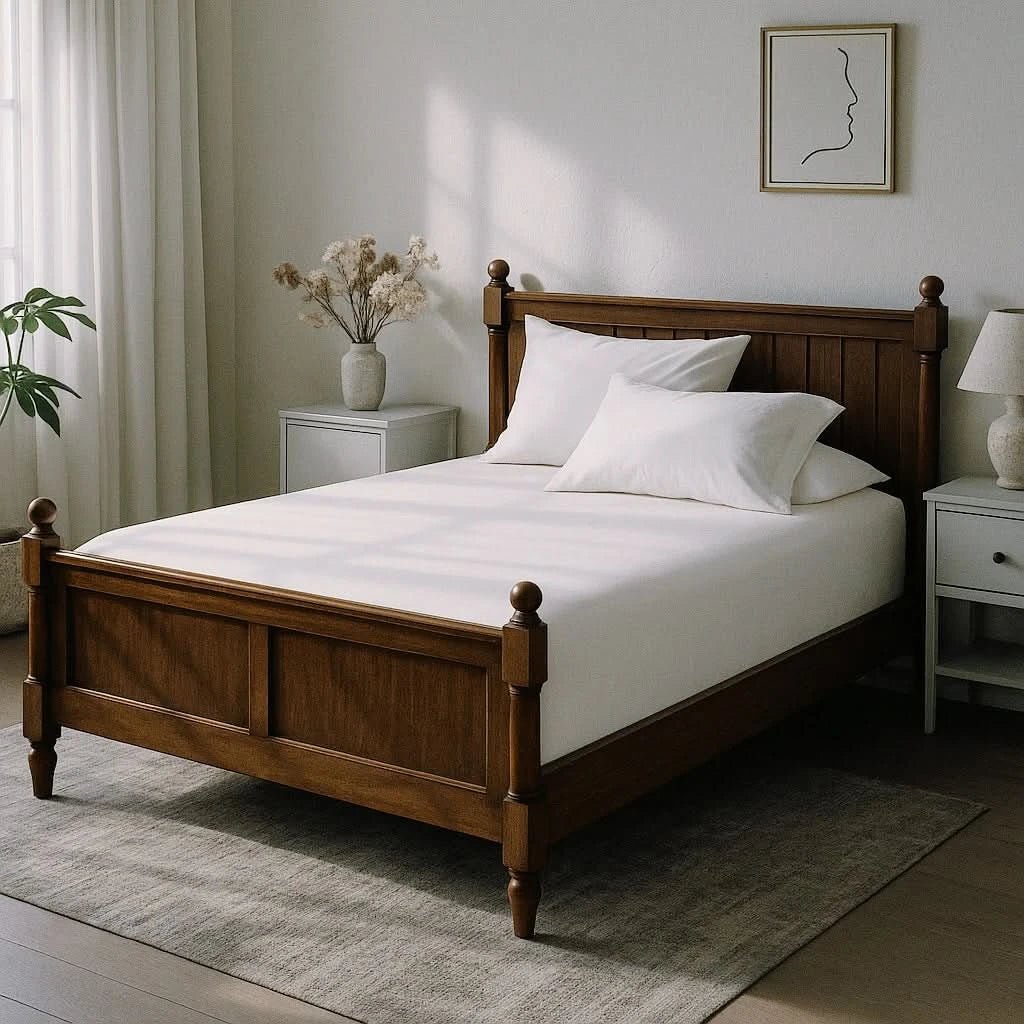



Leave a comment